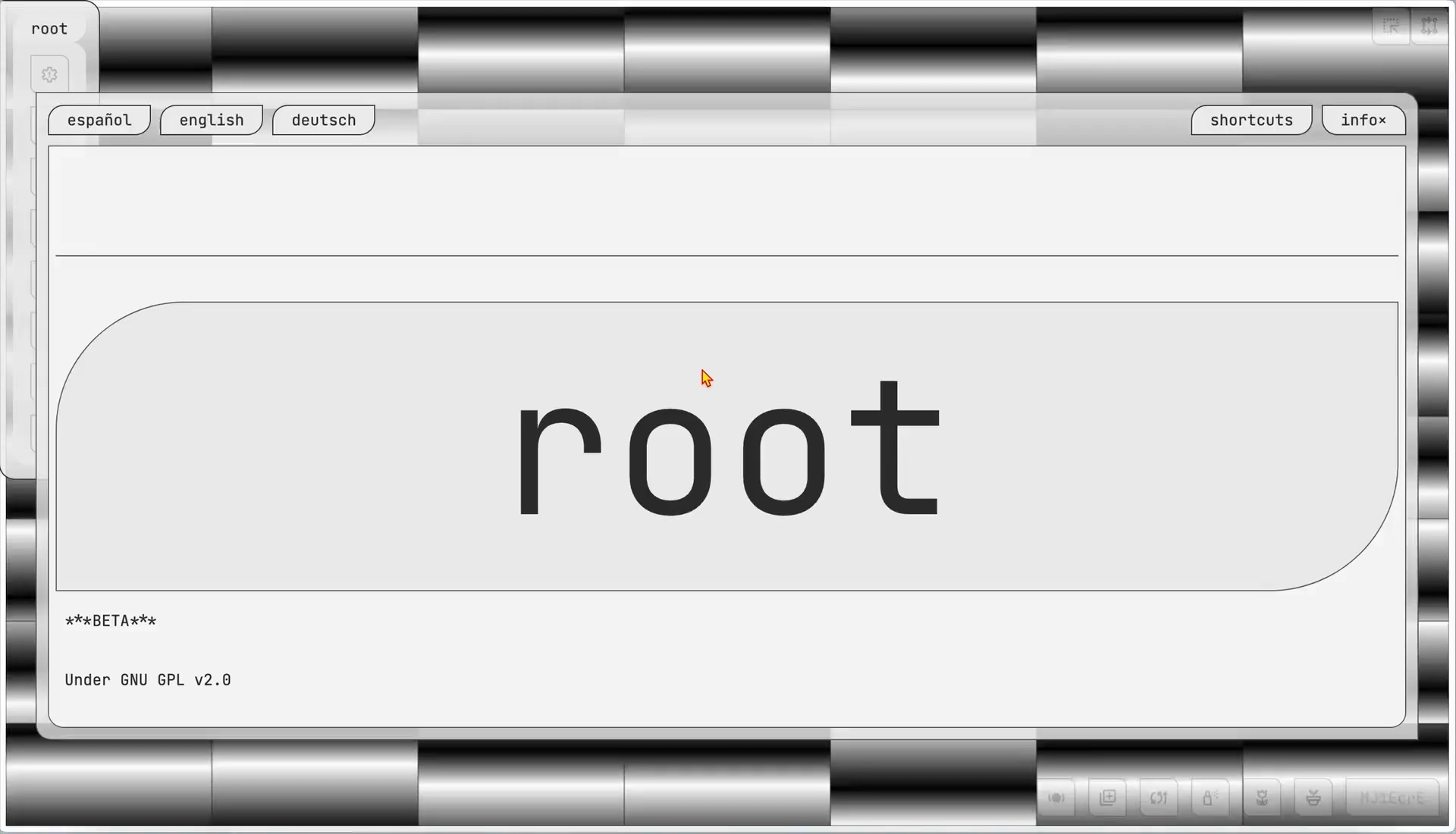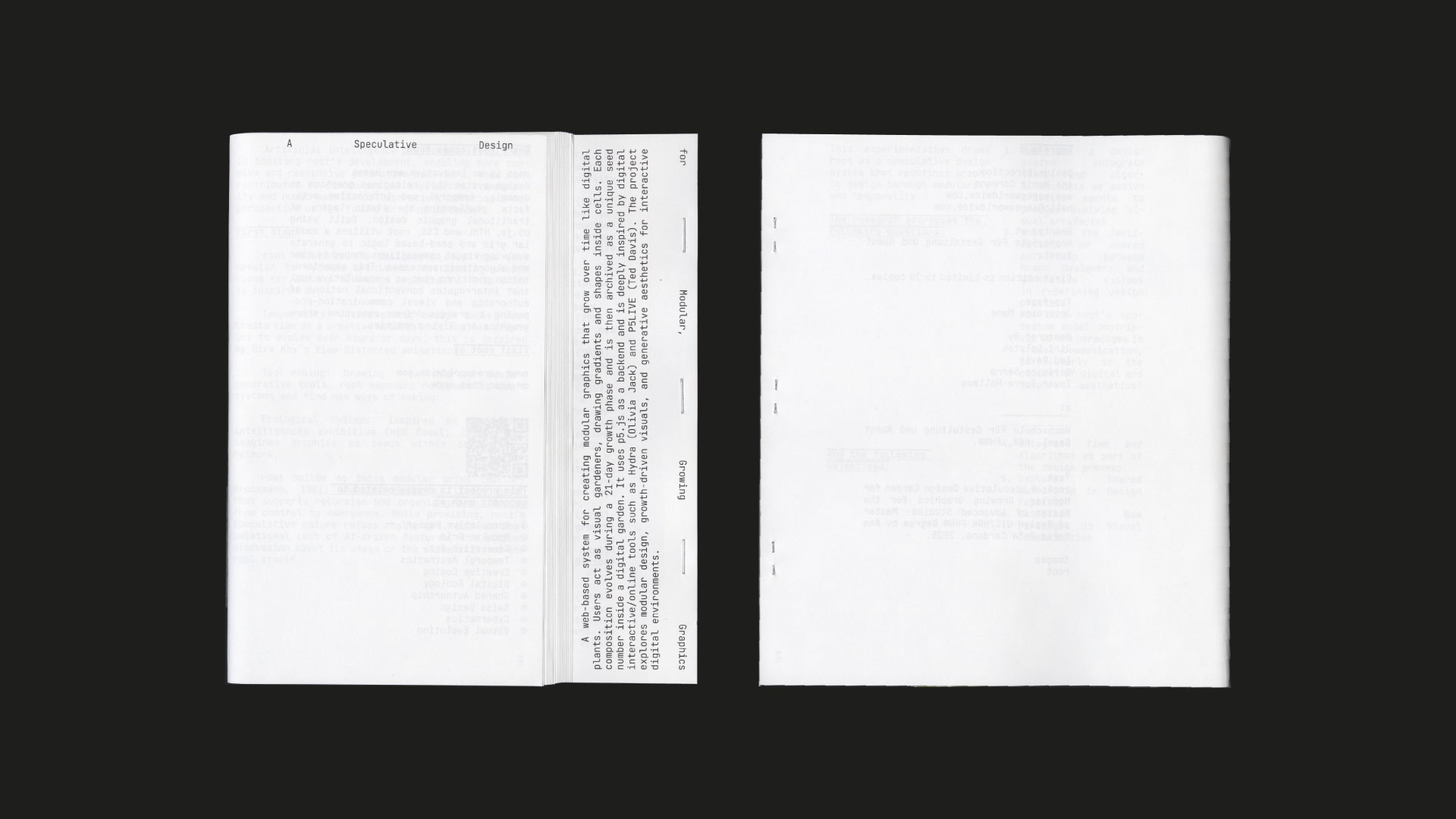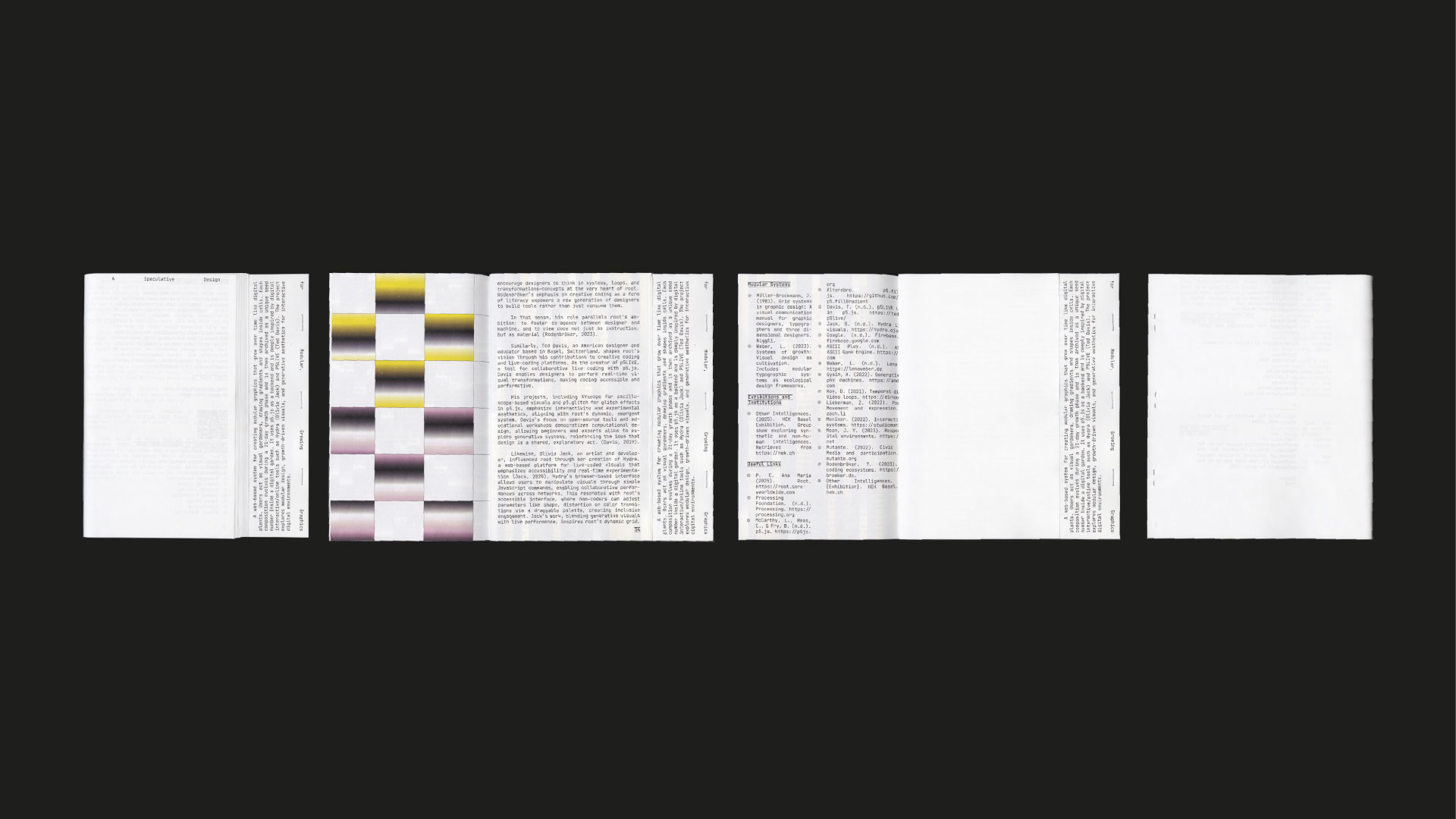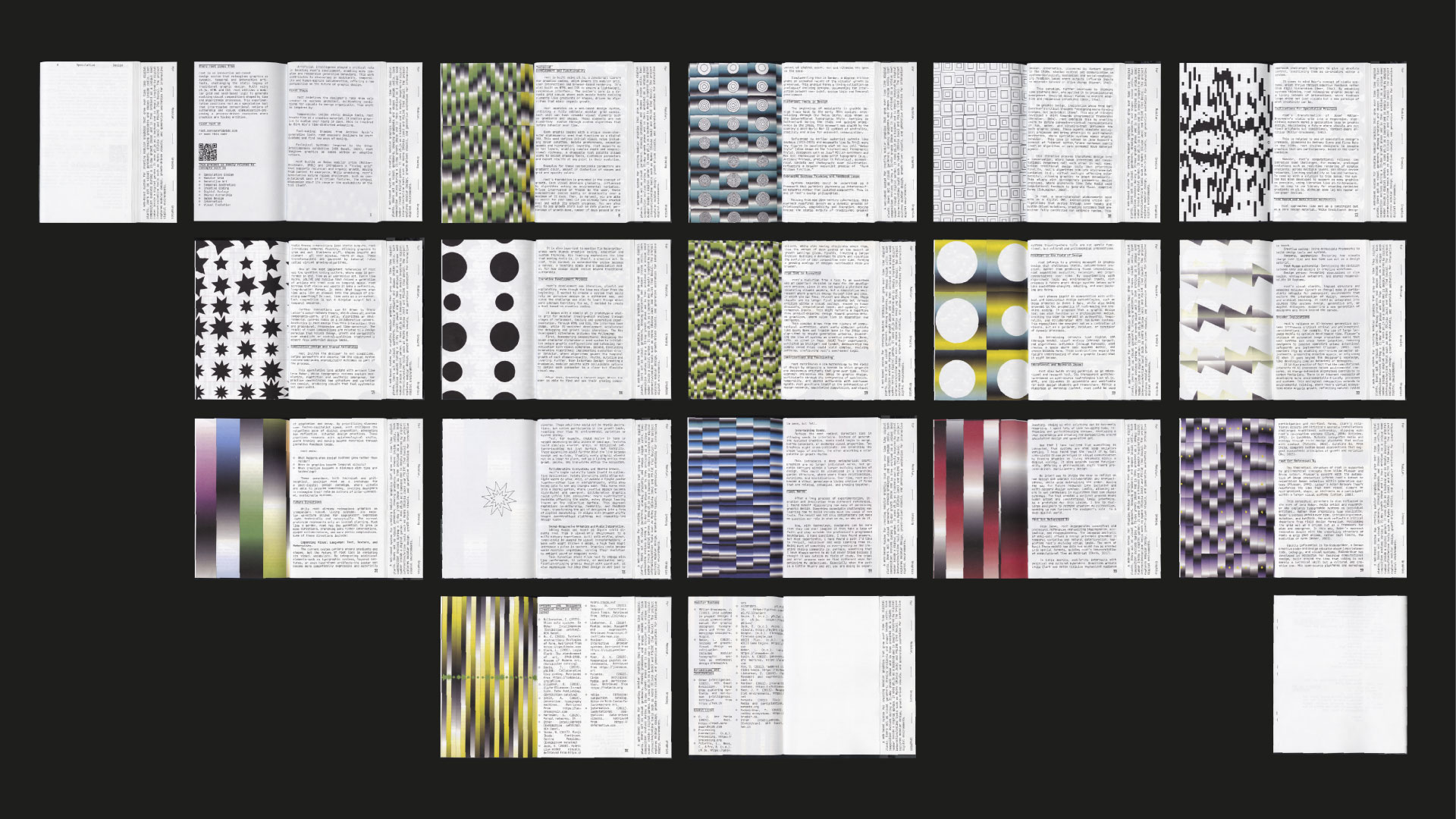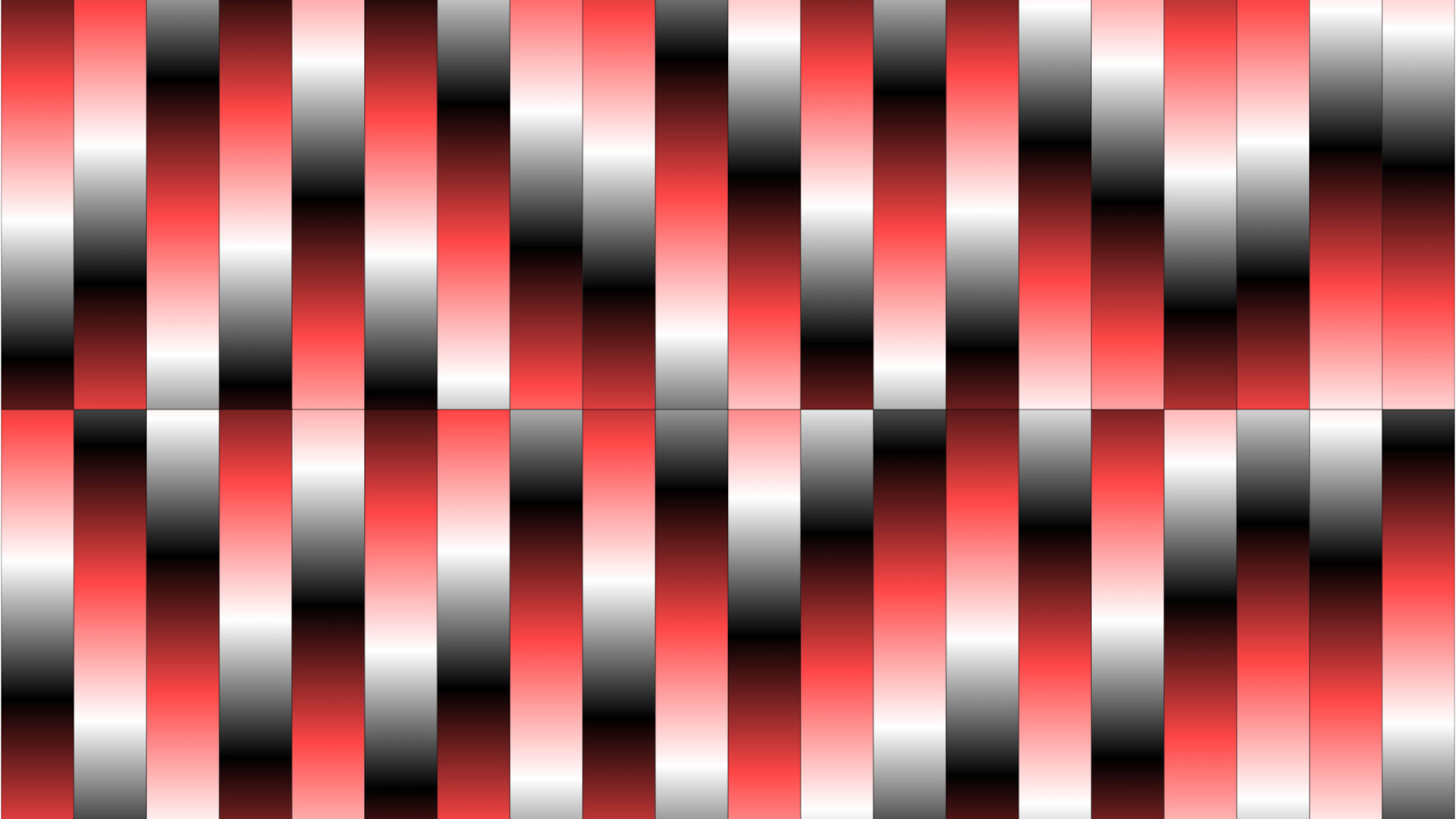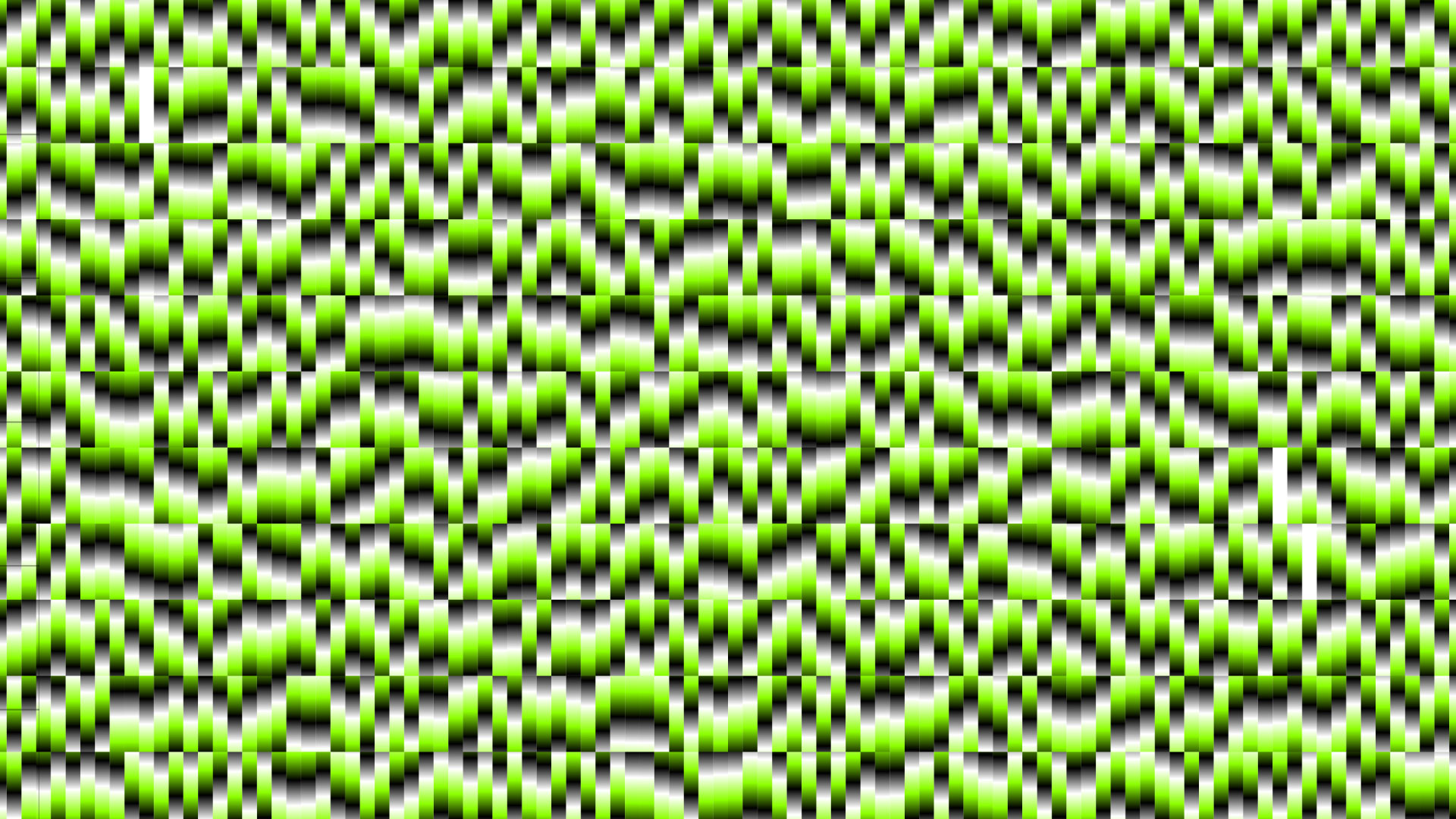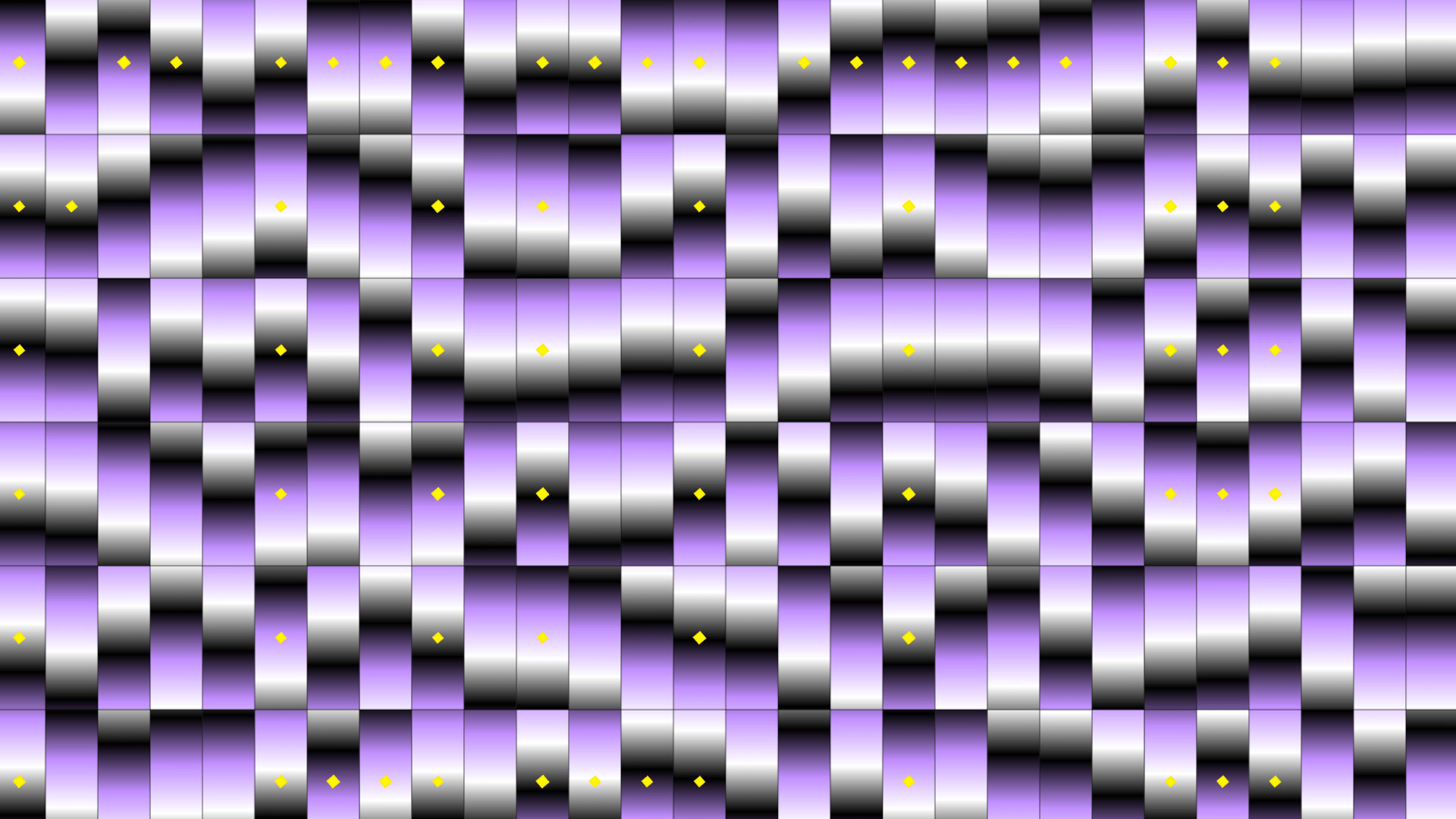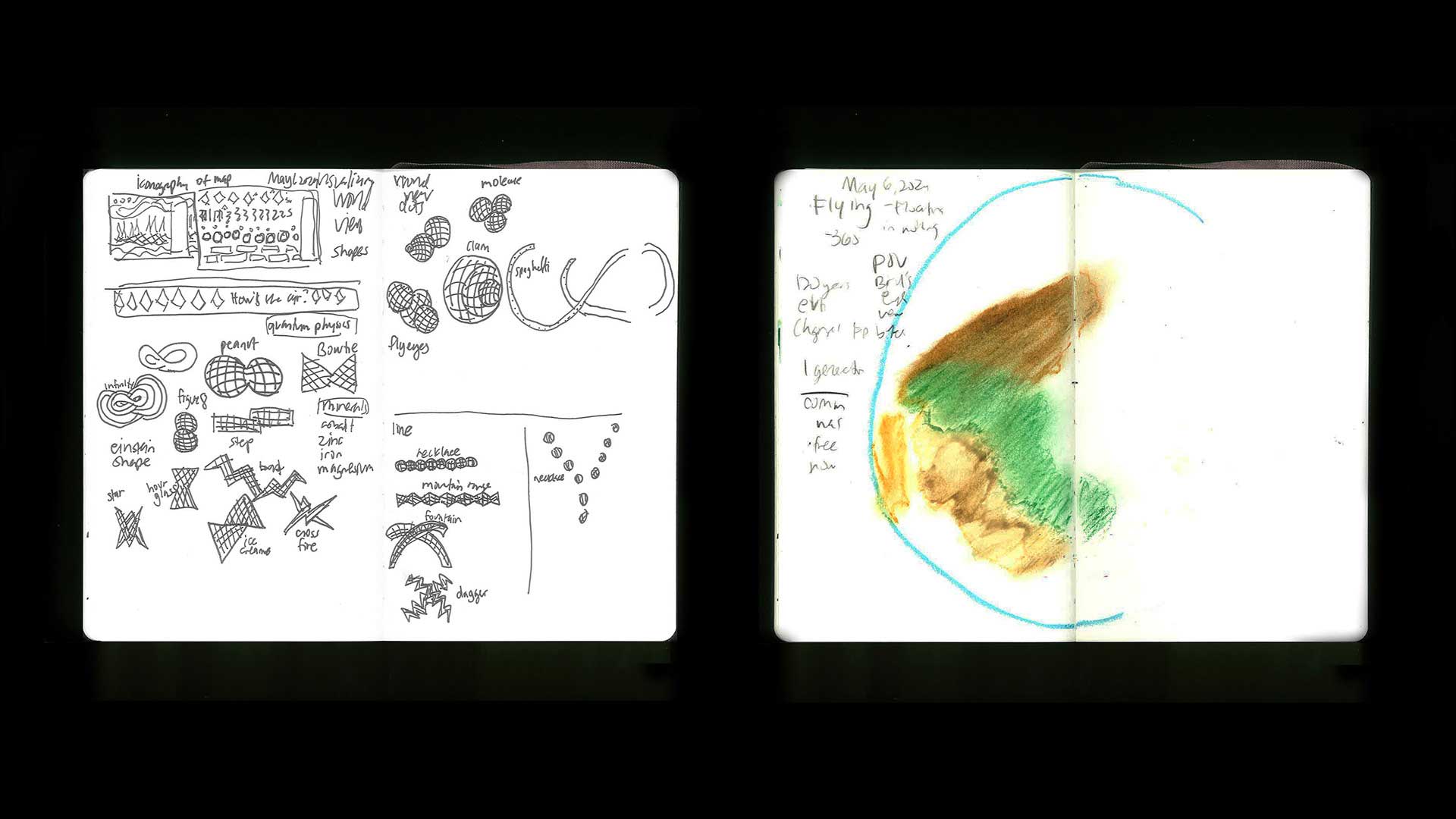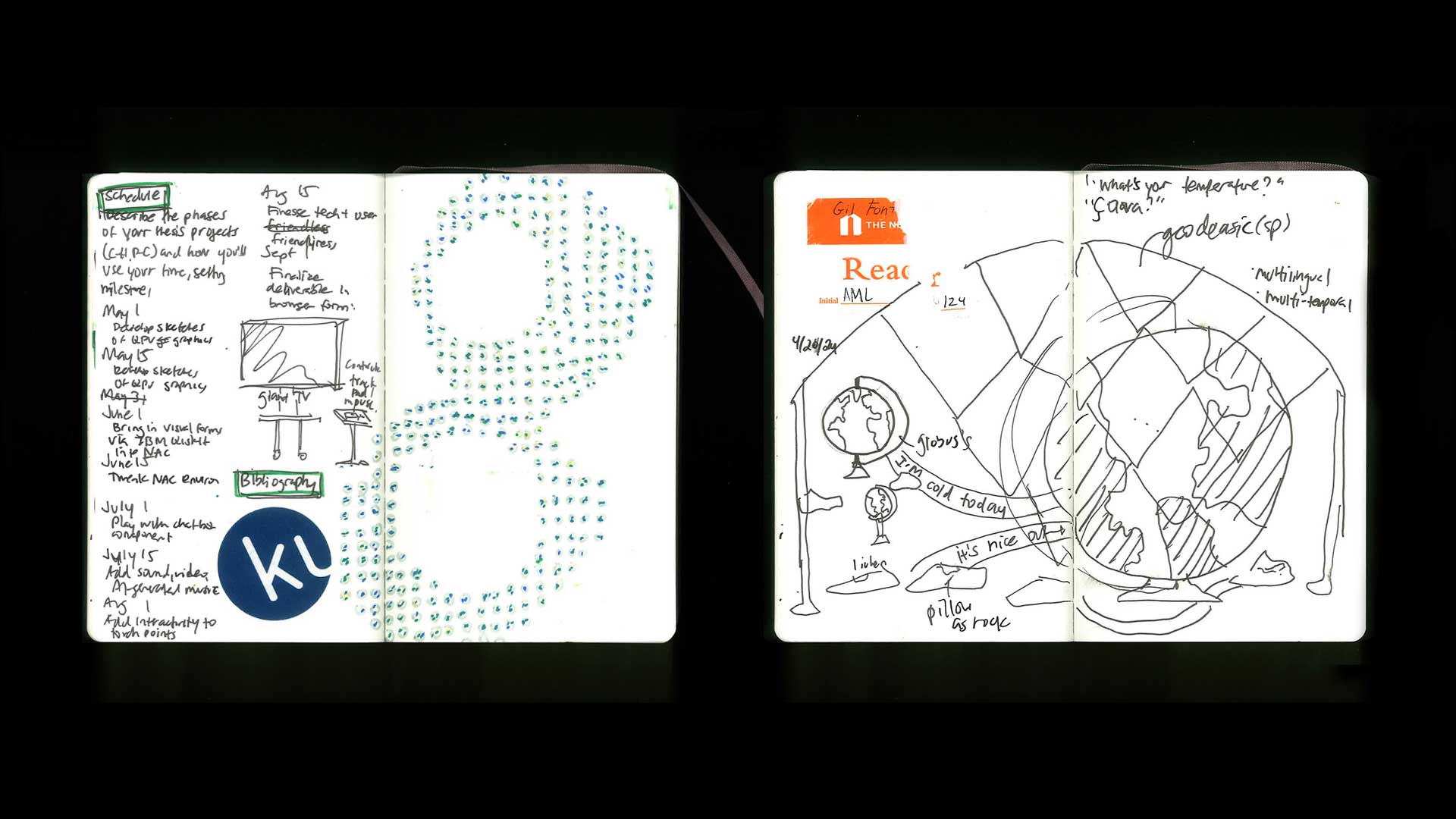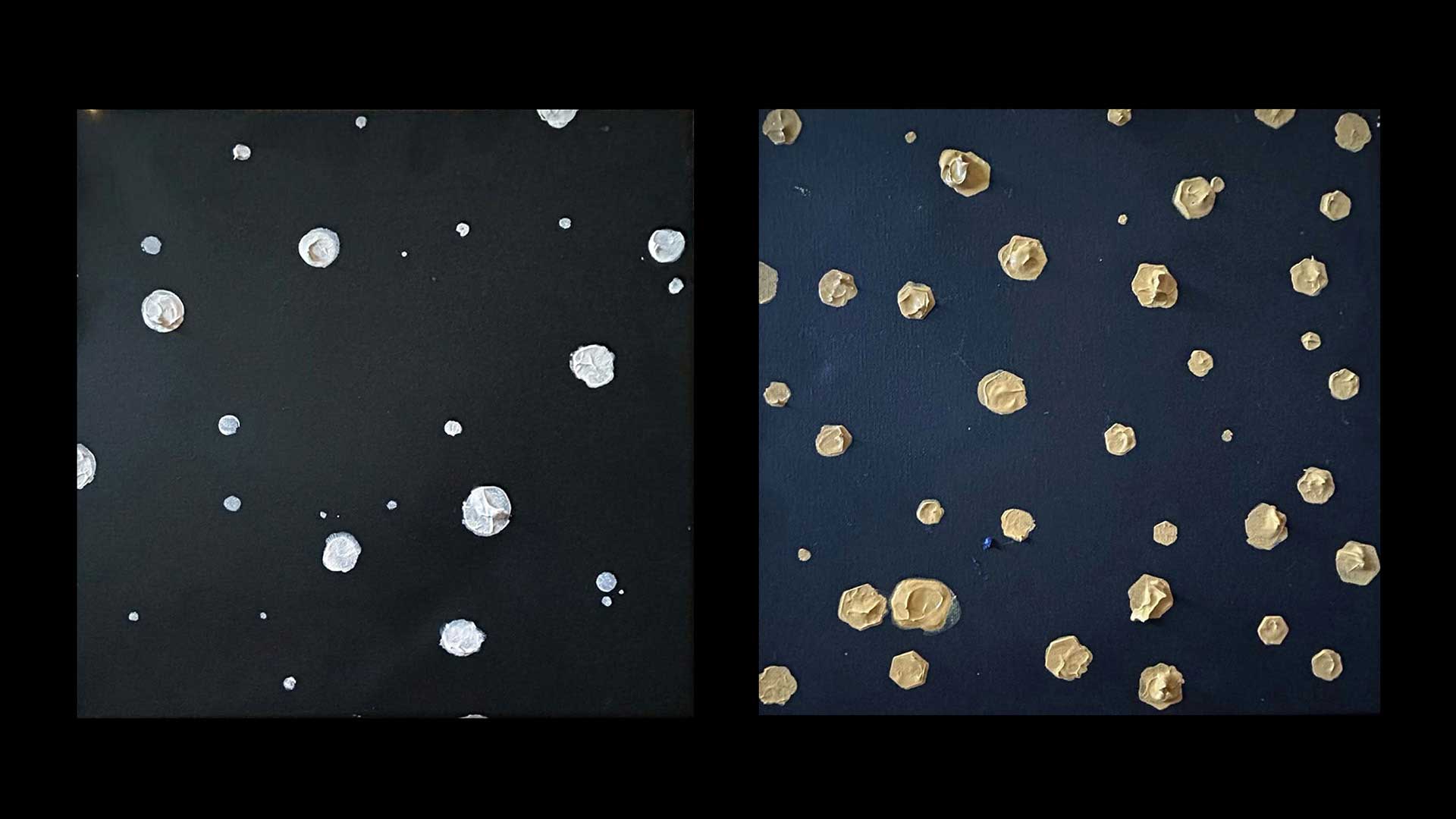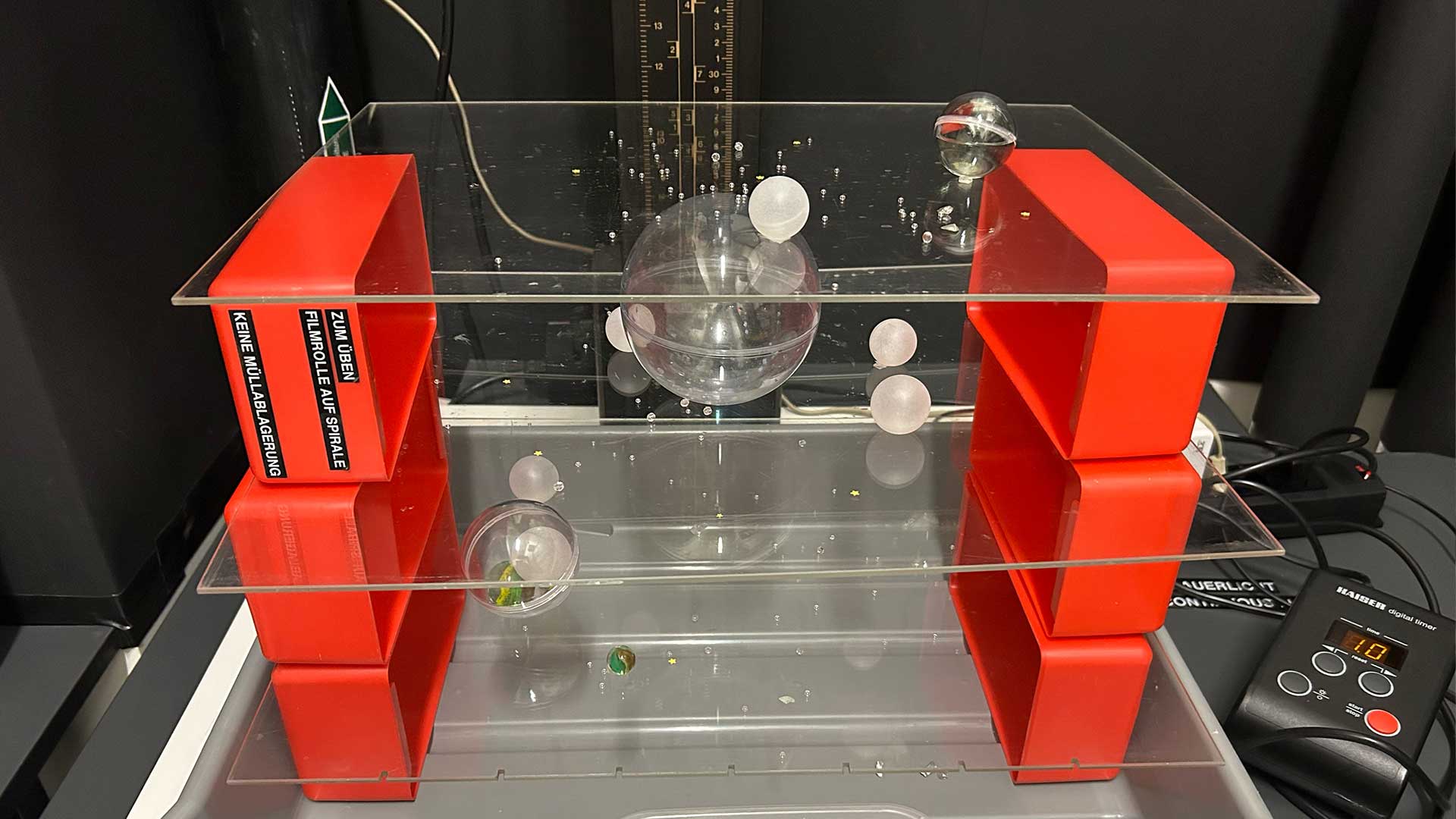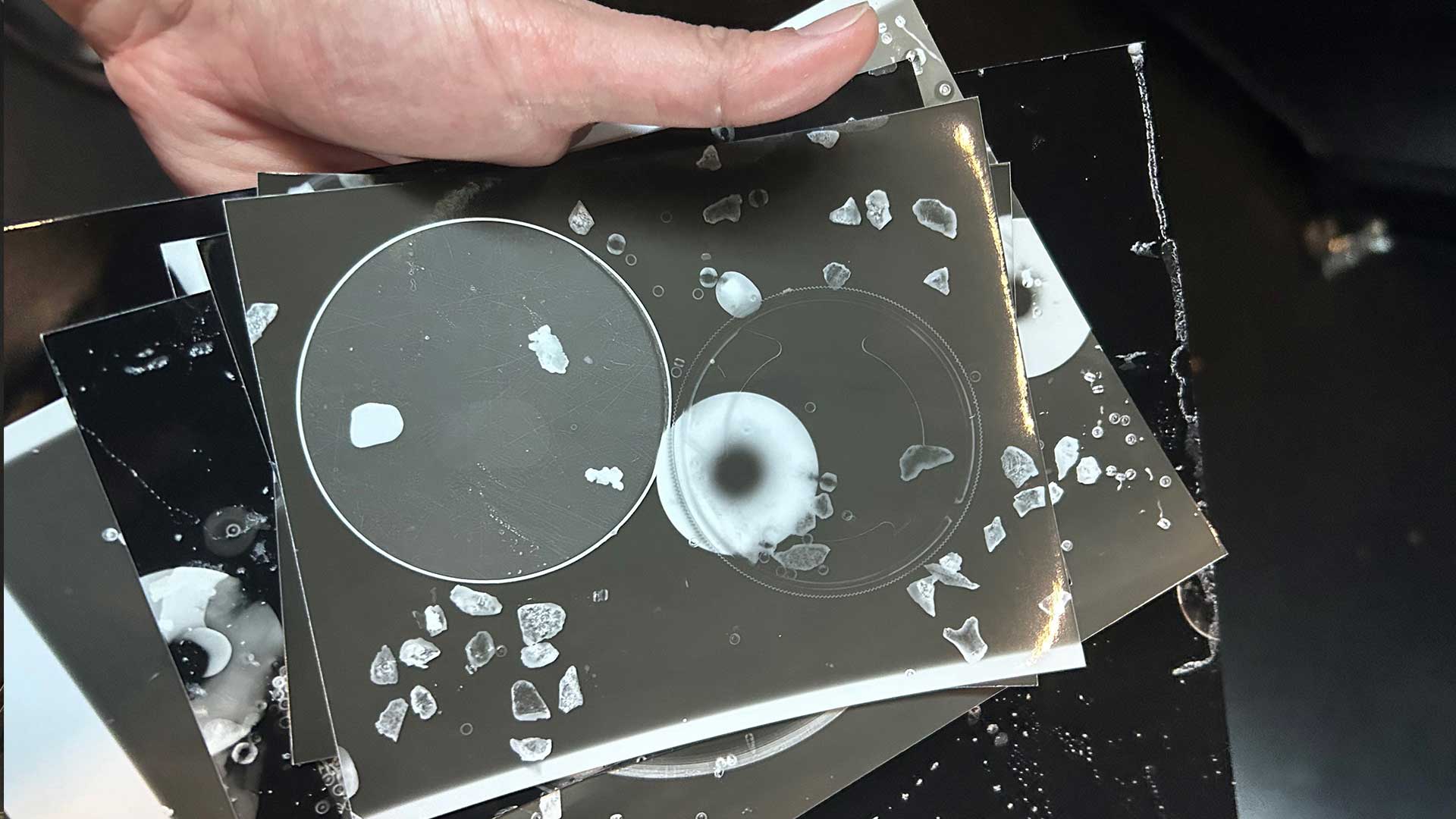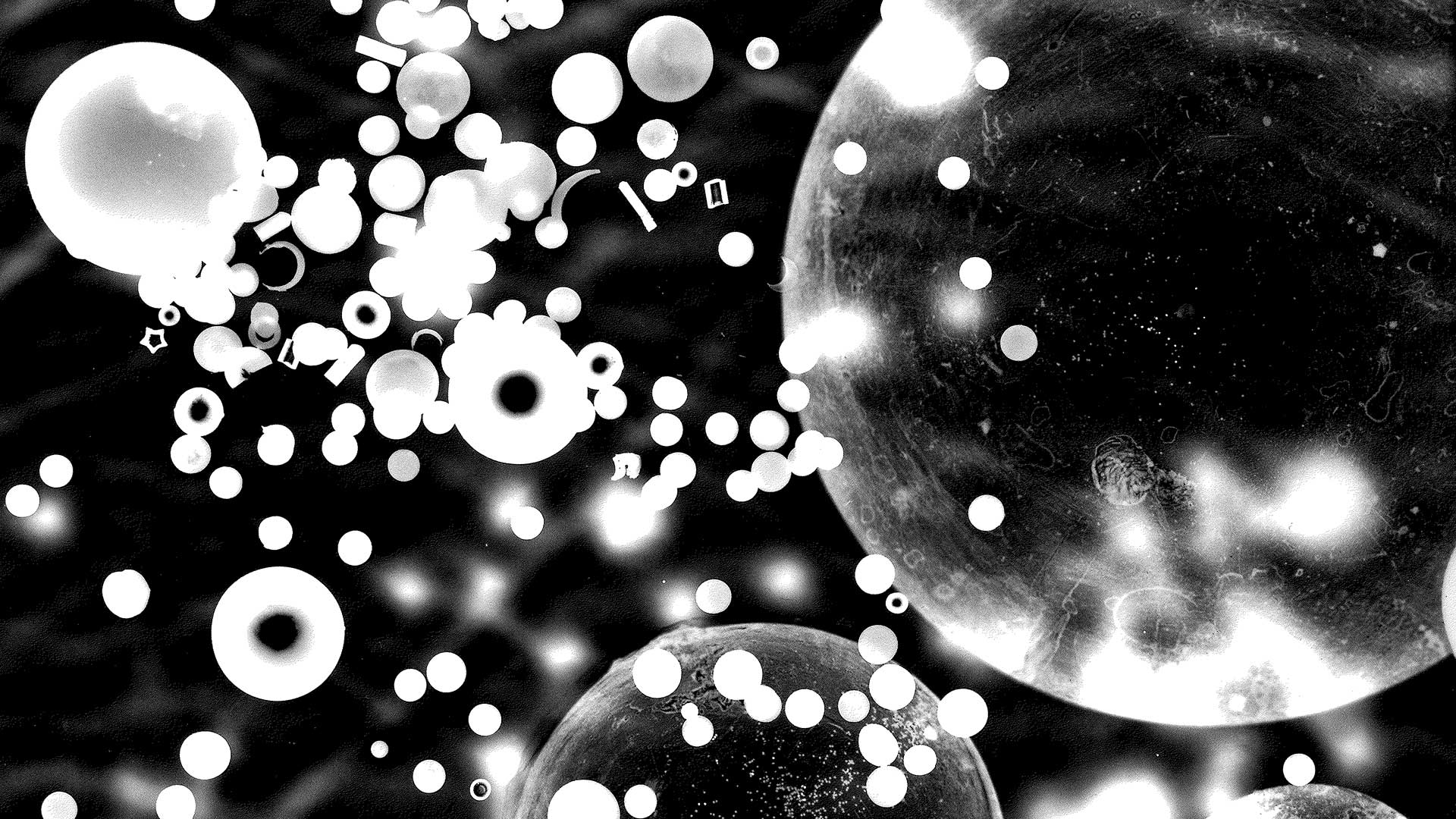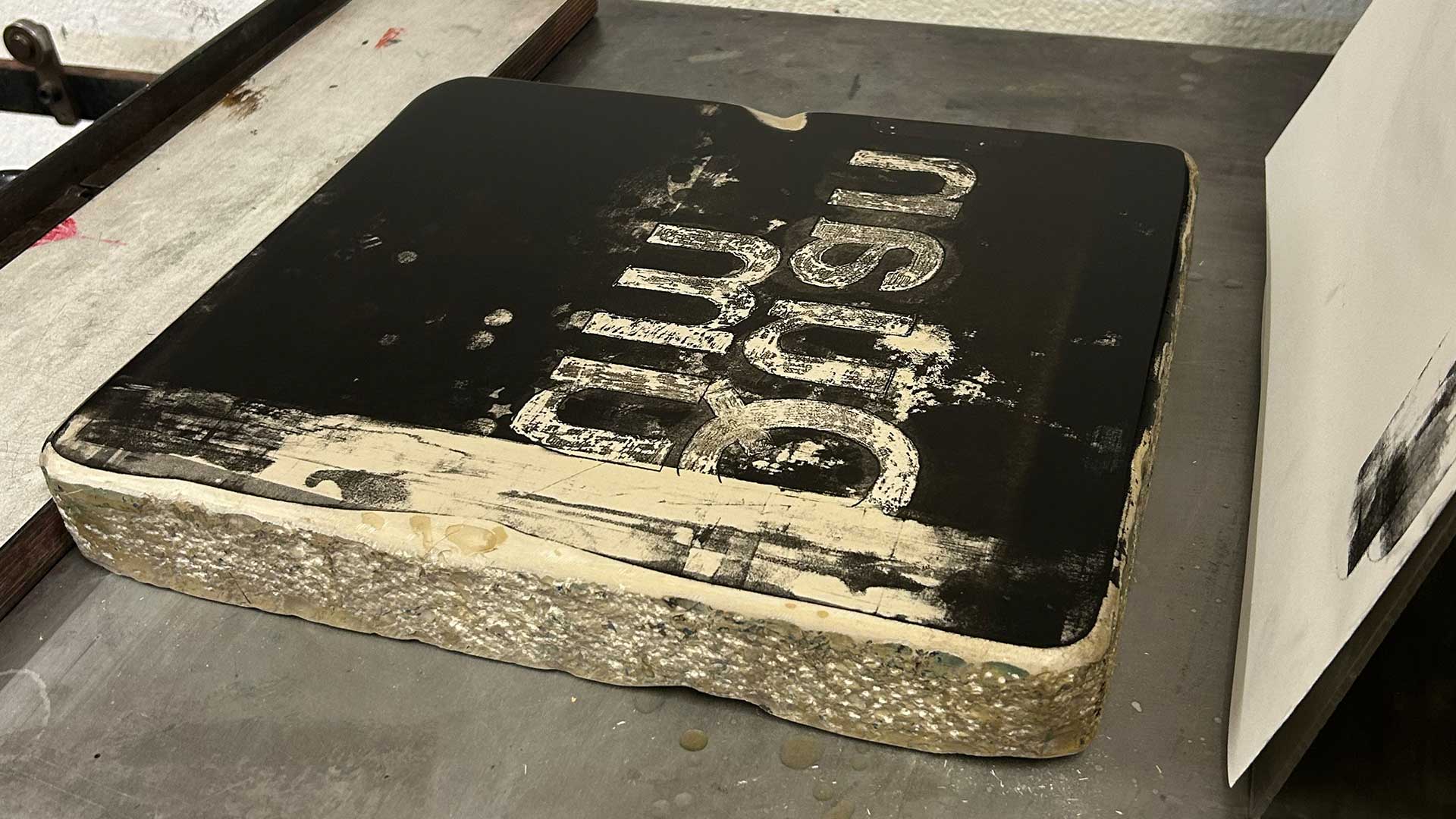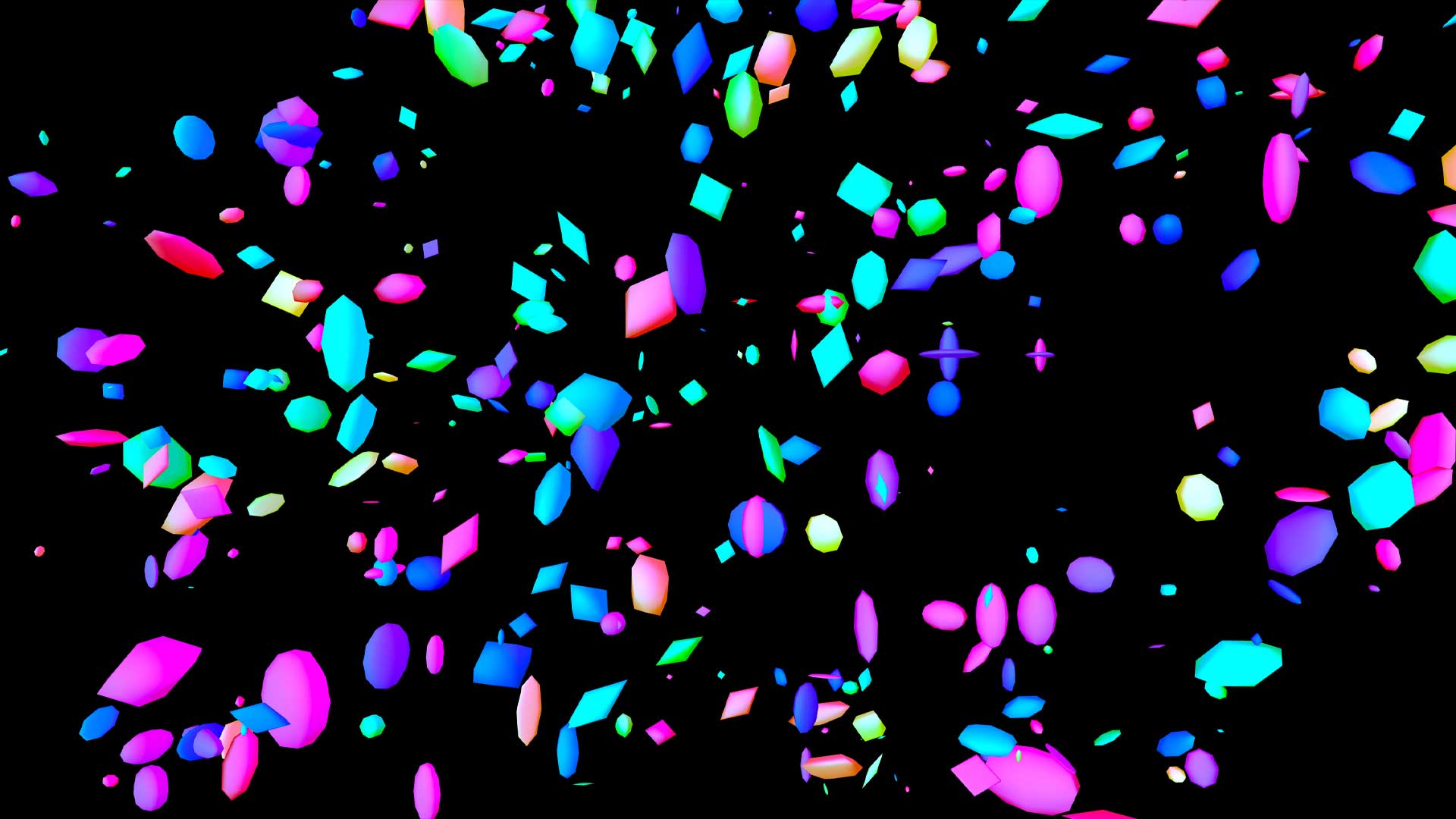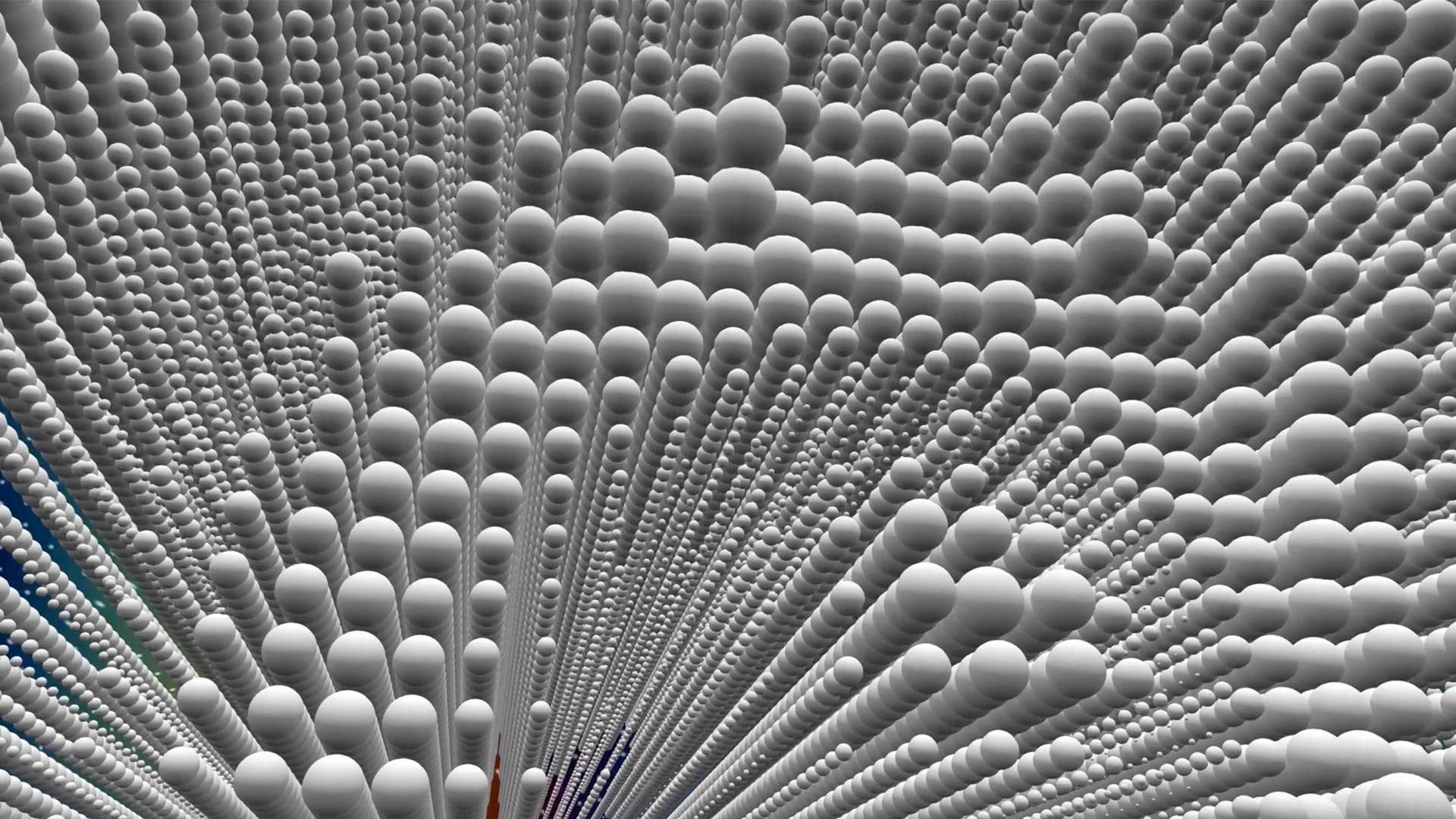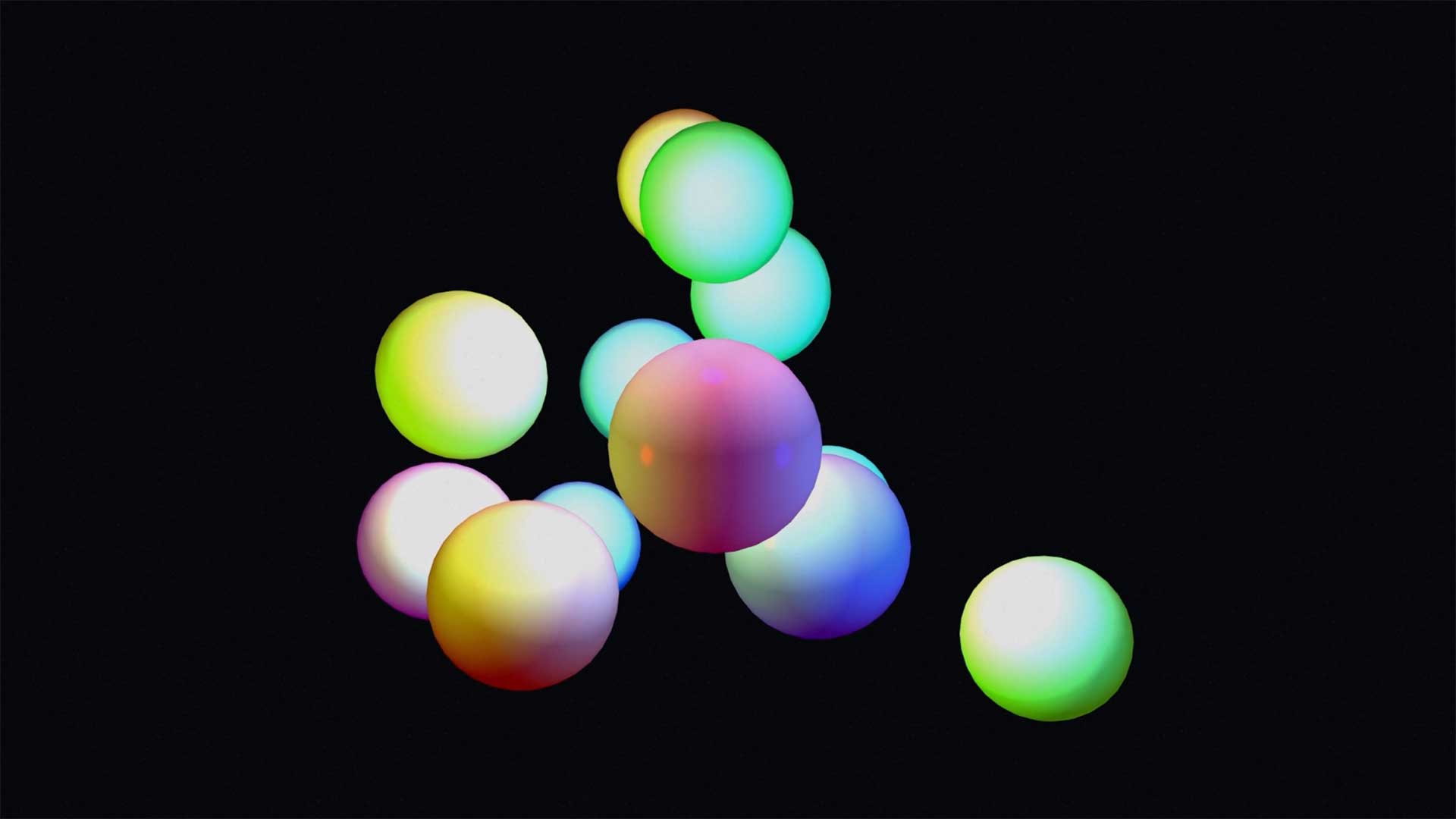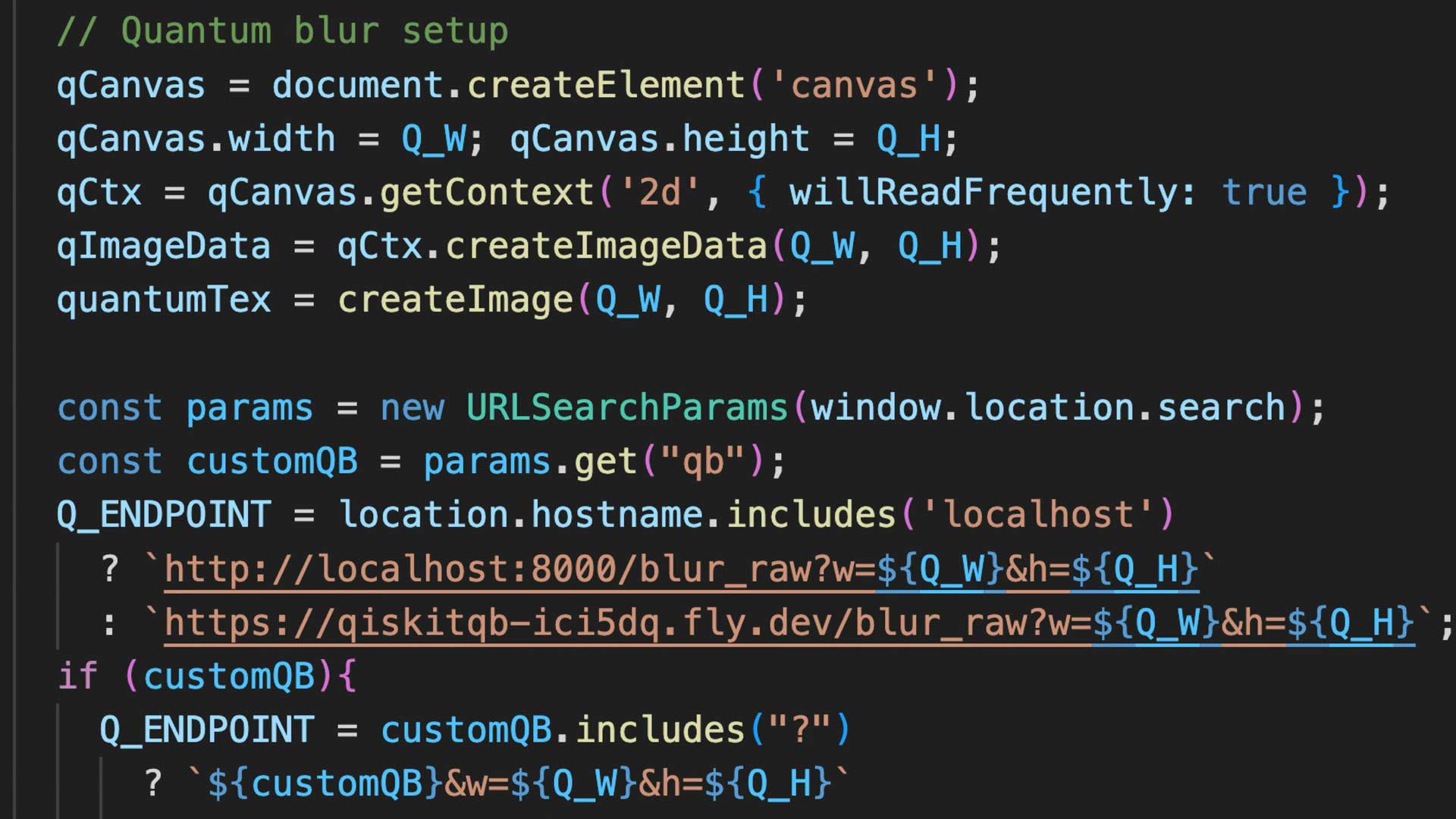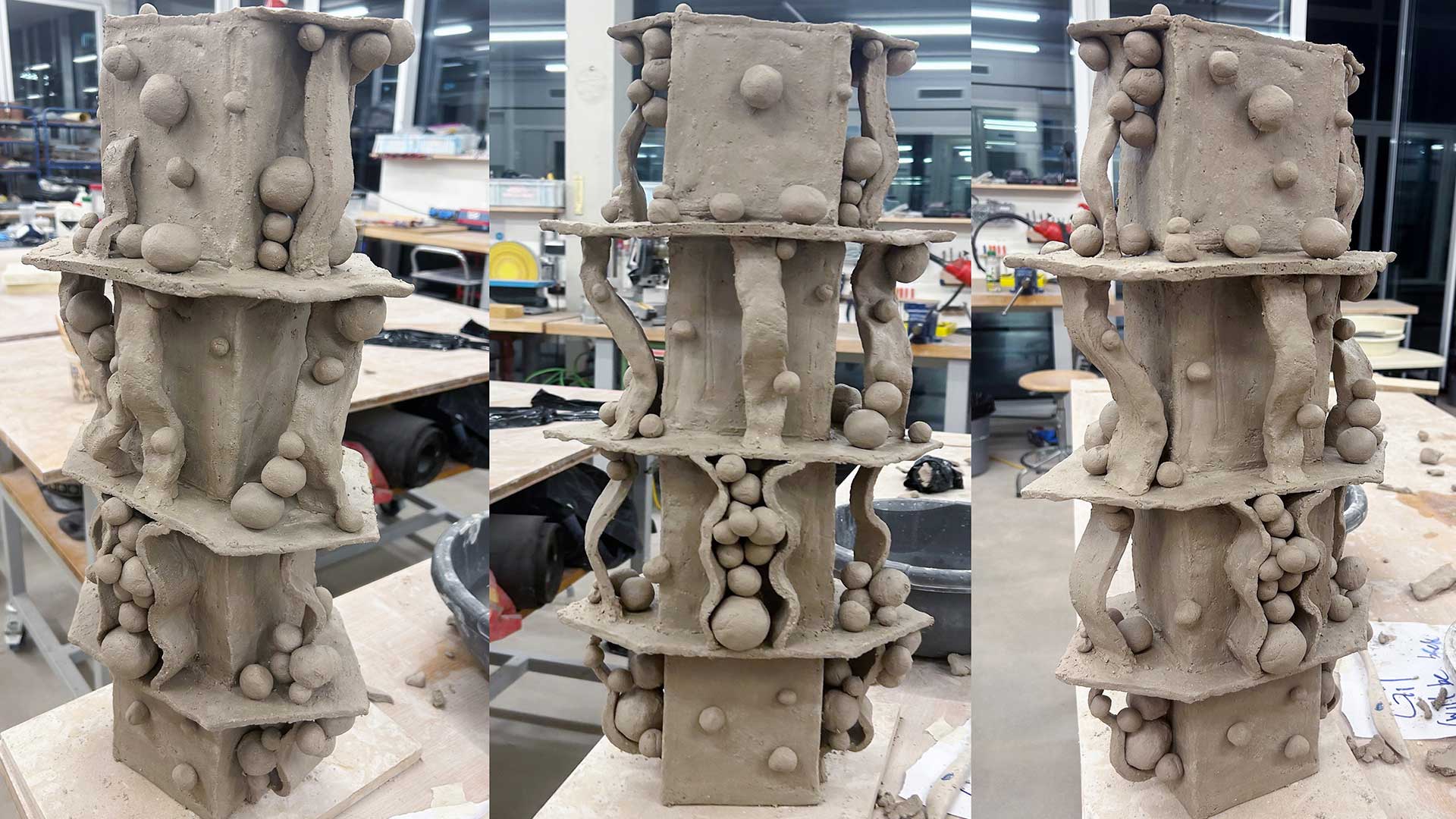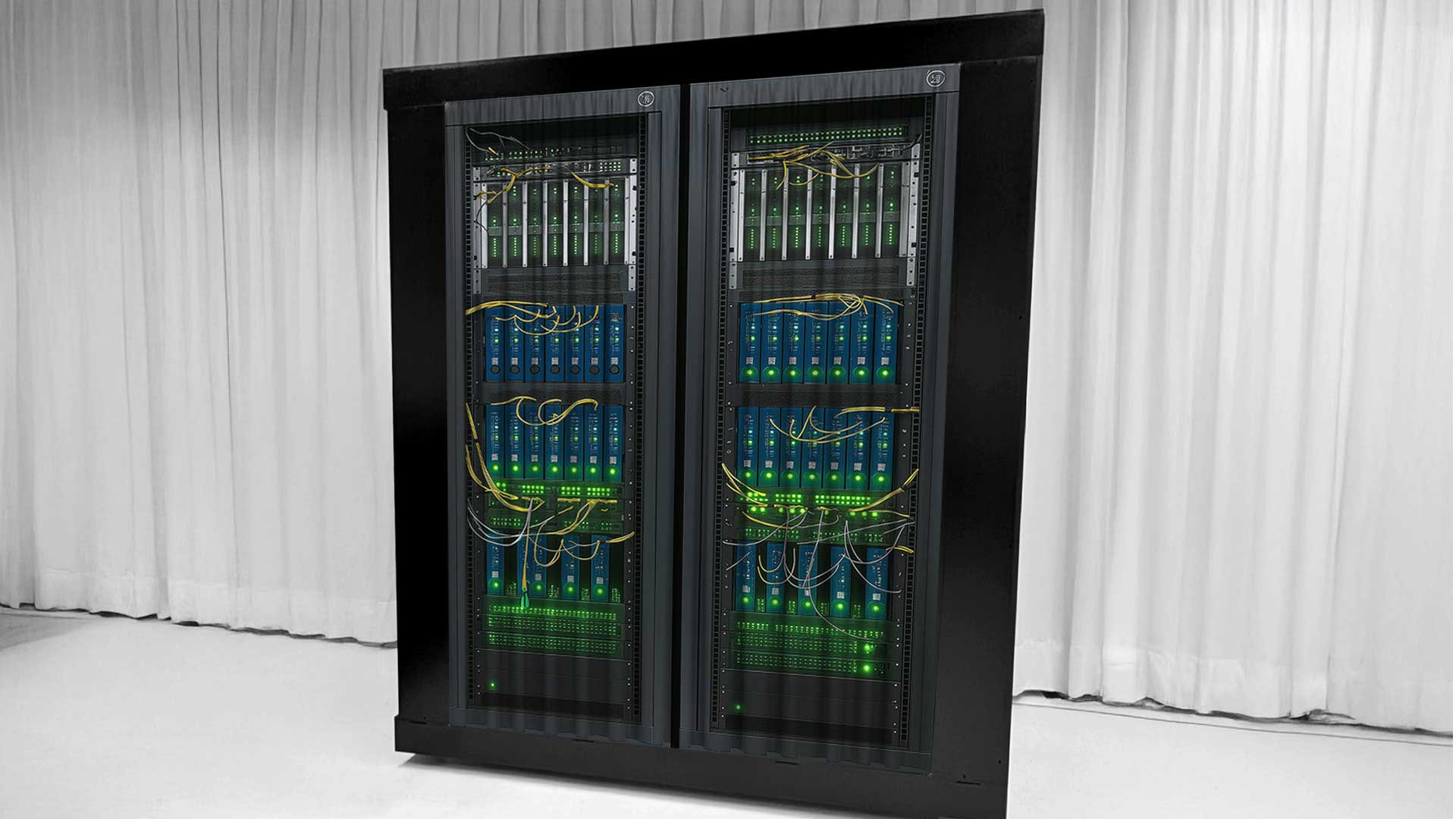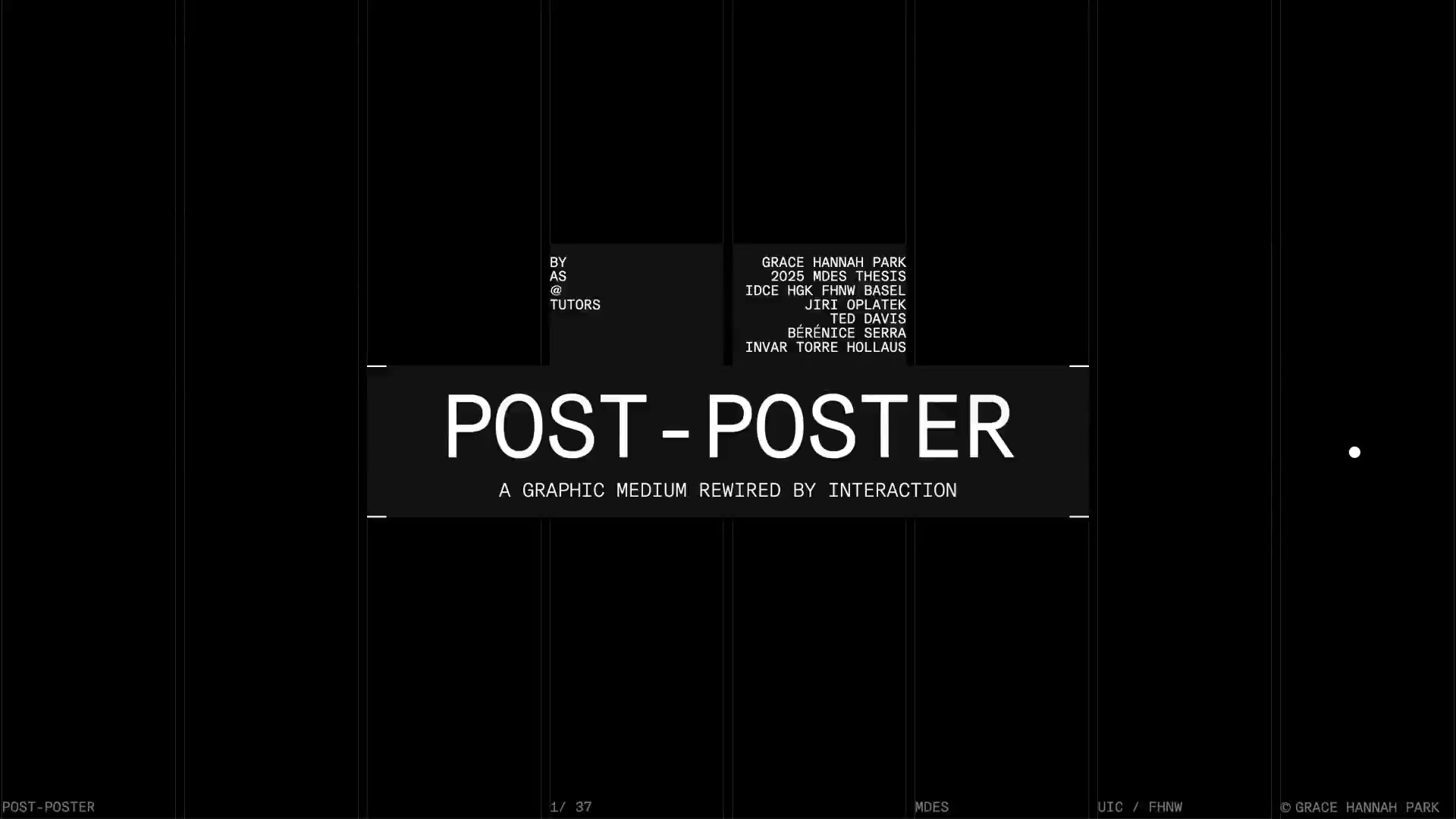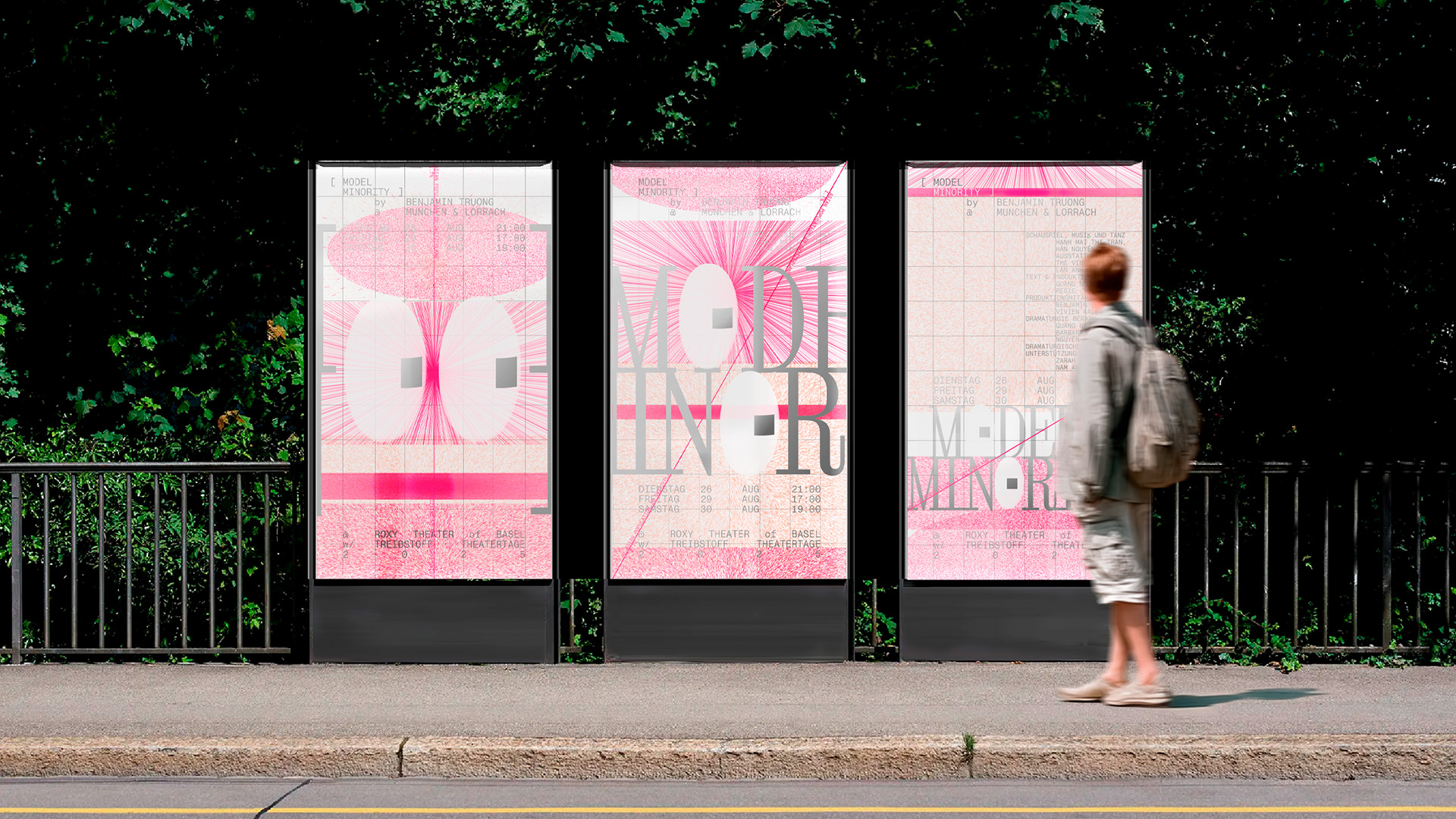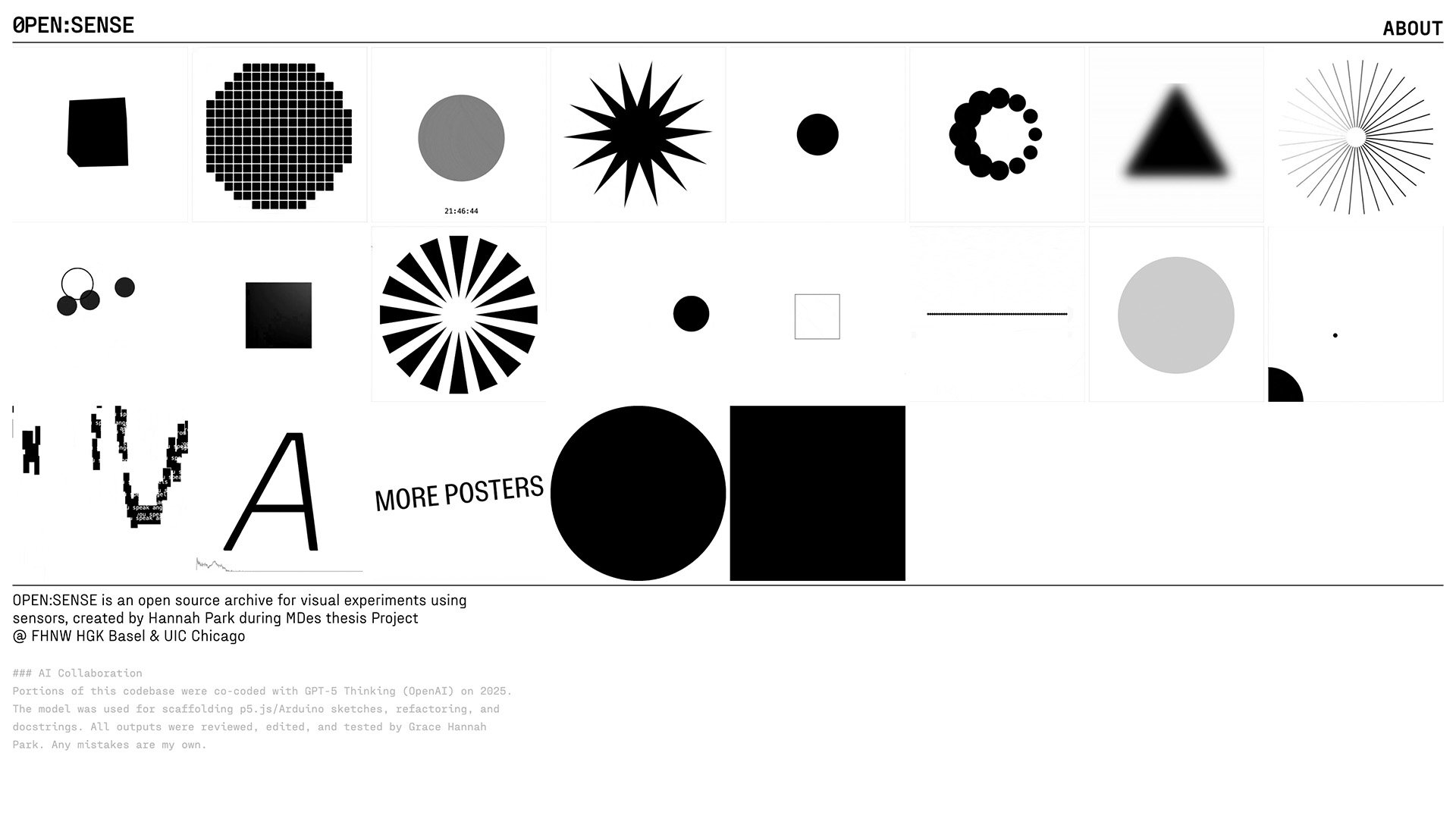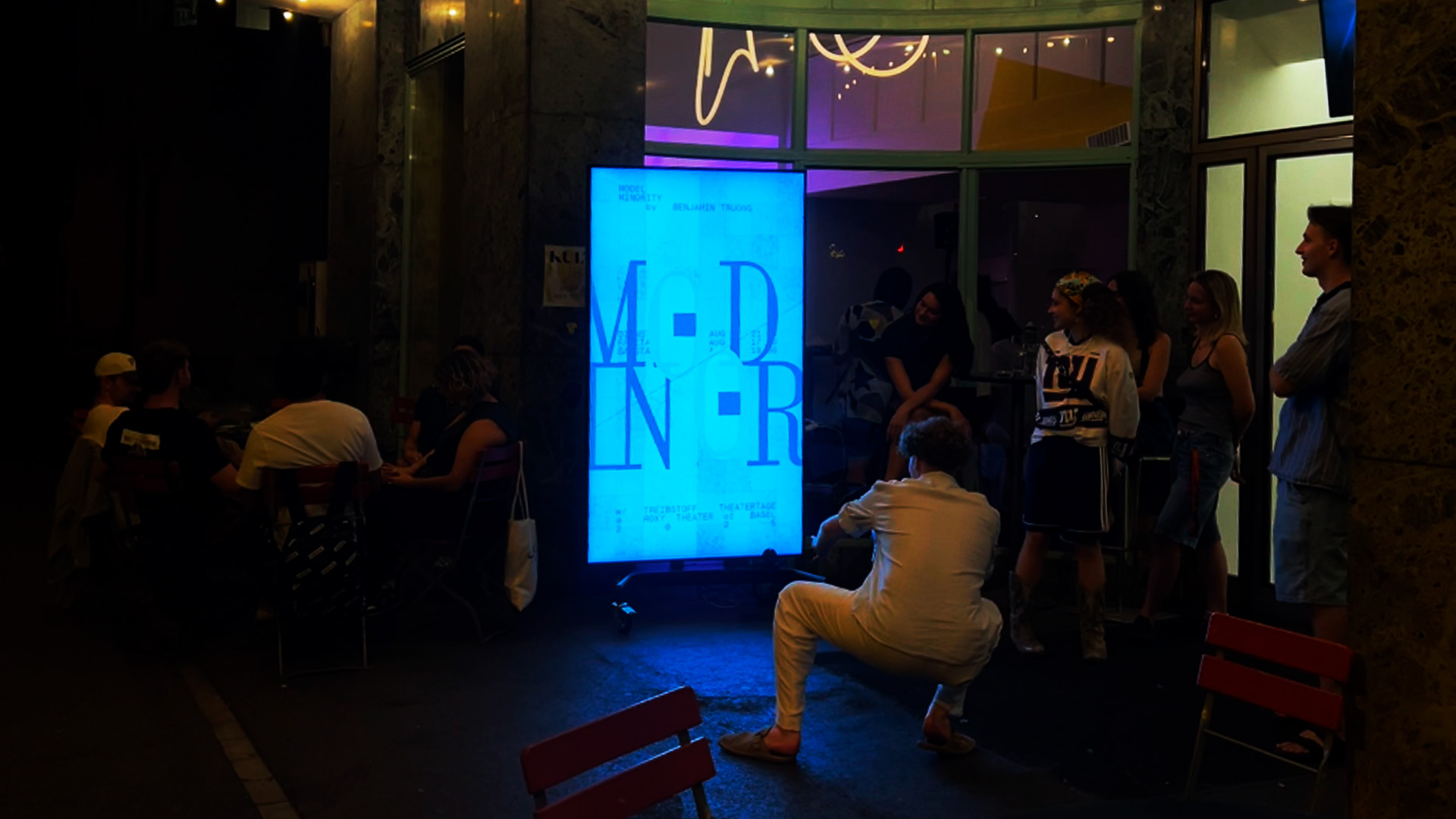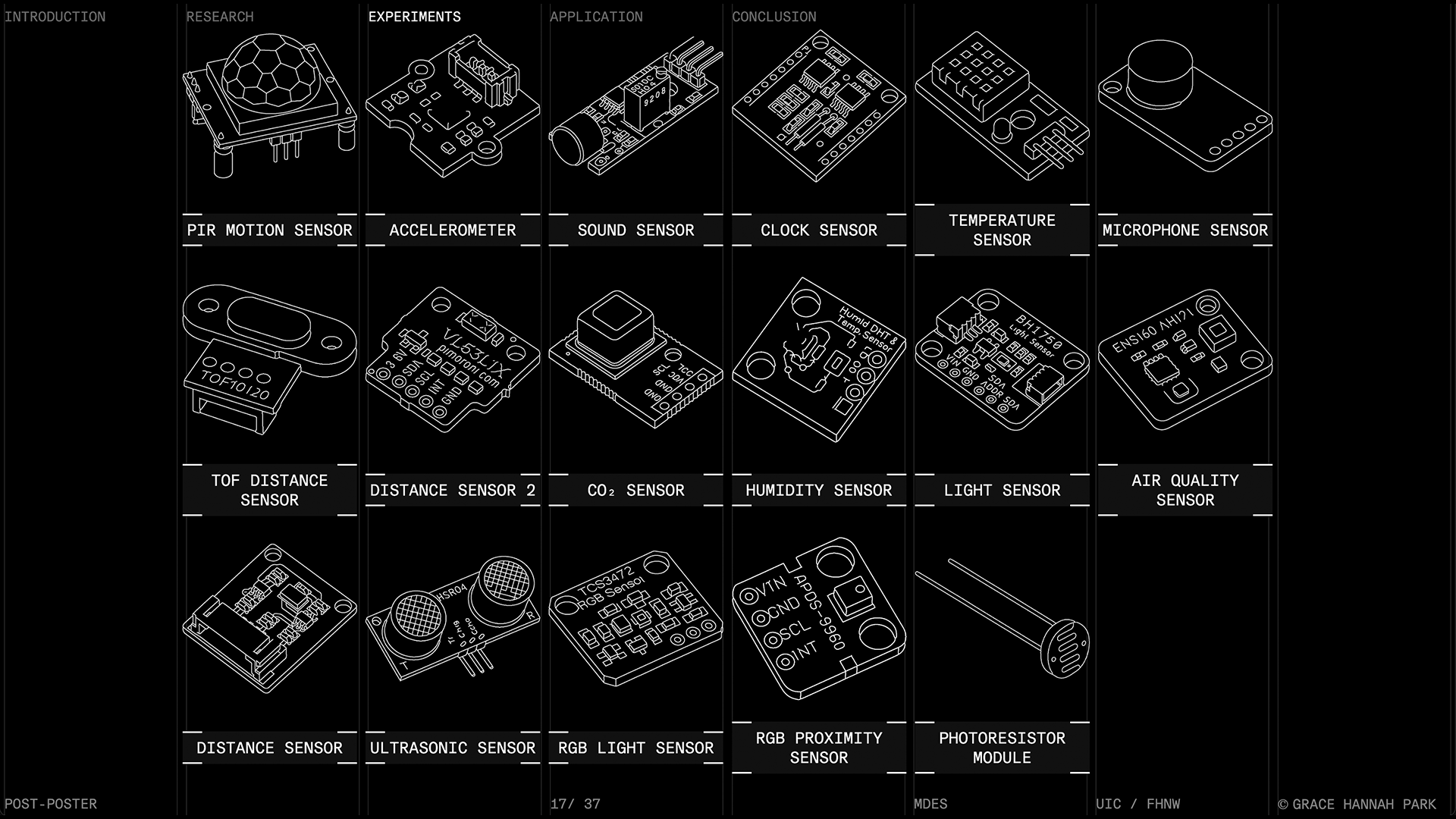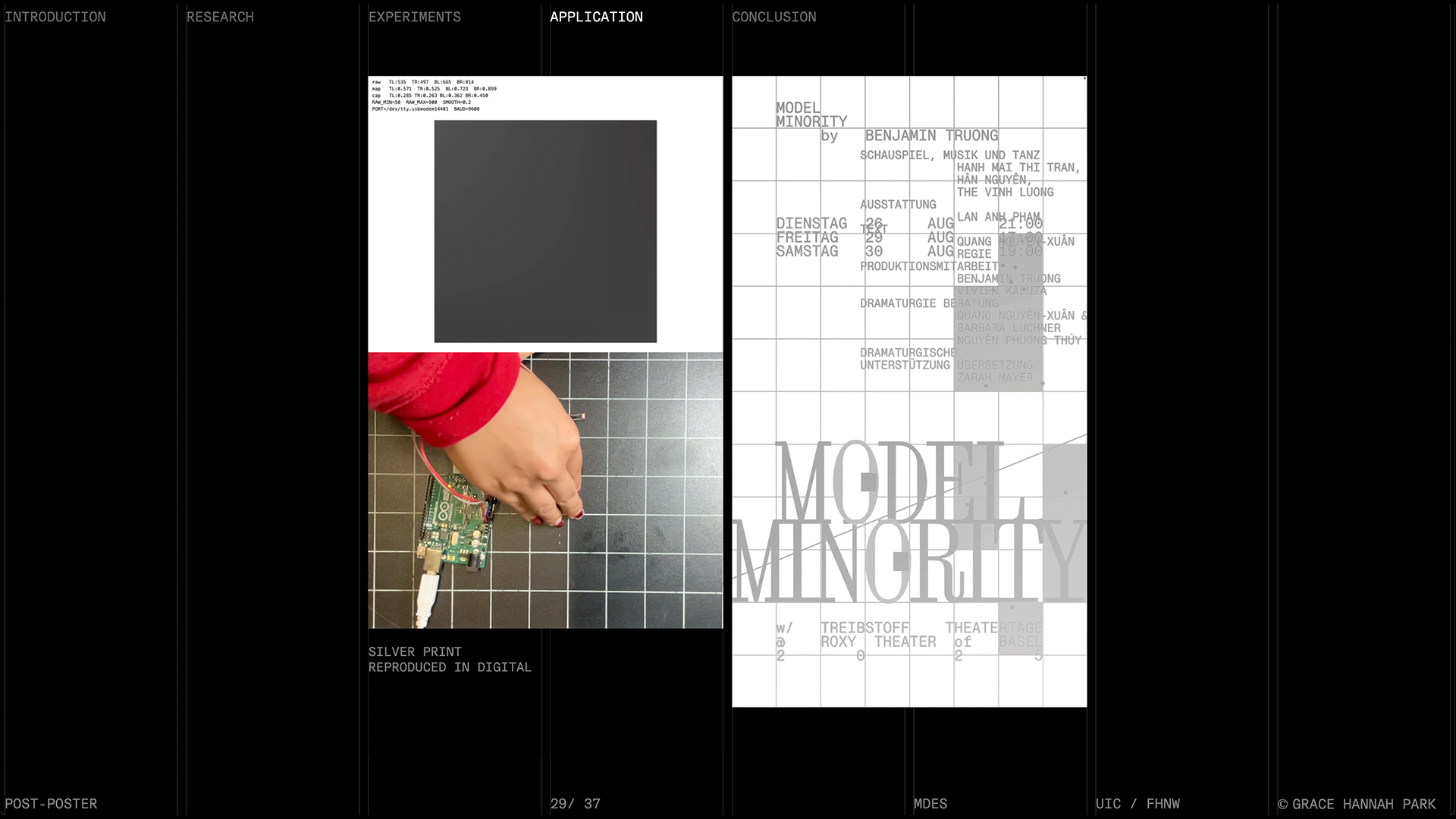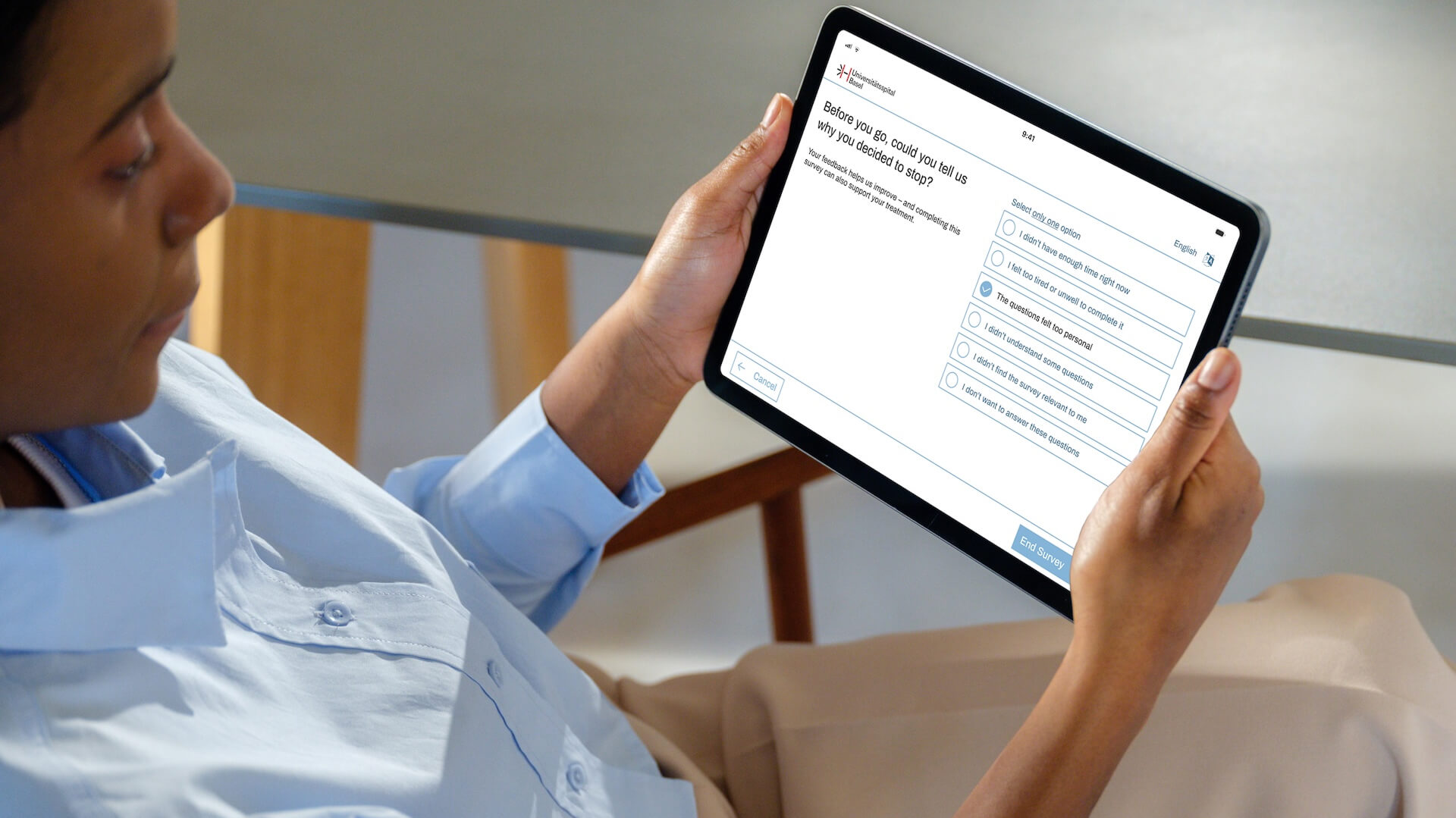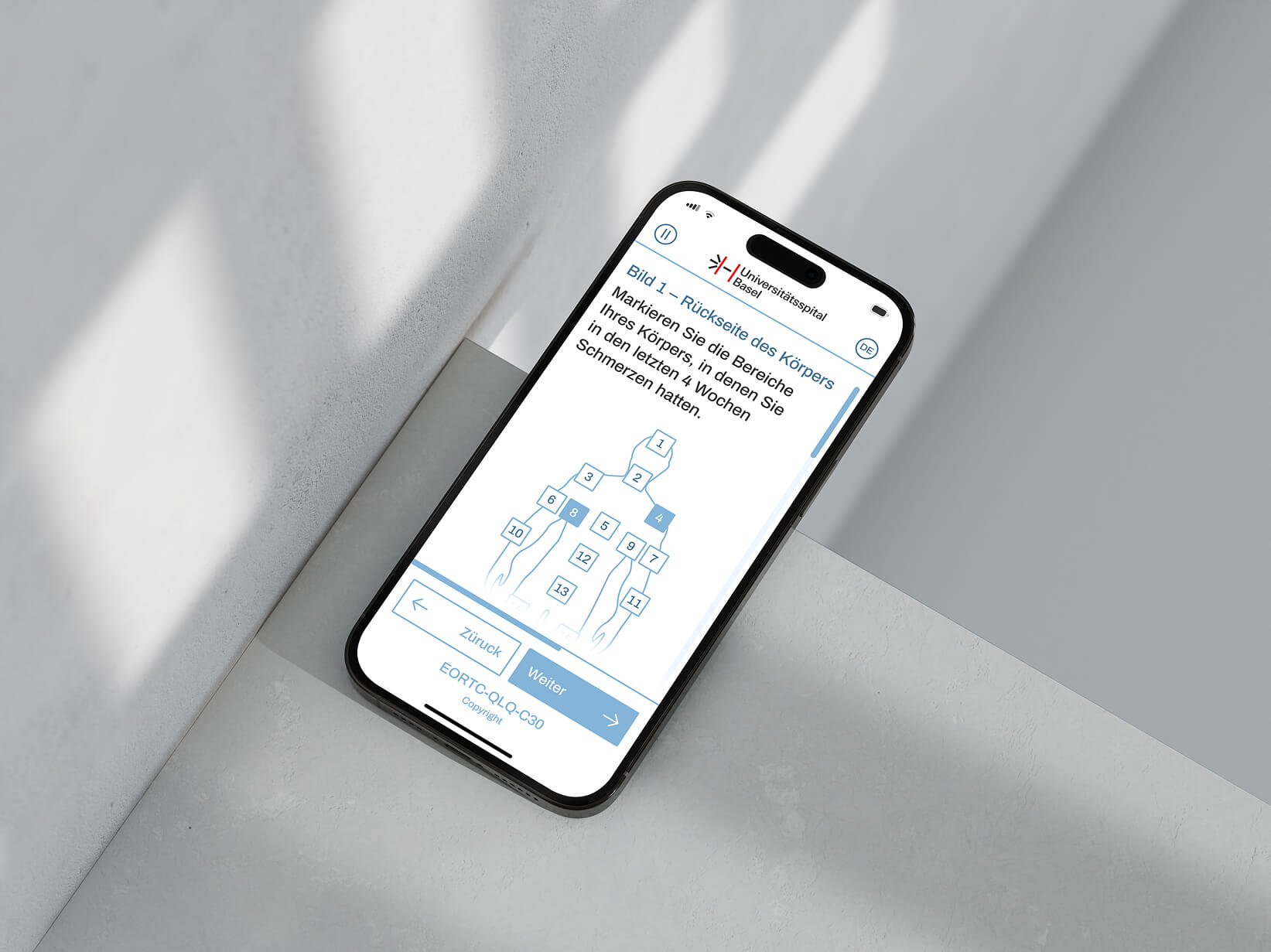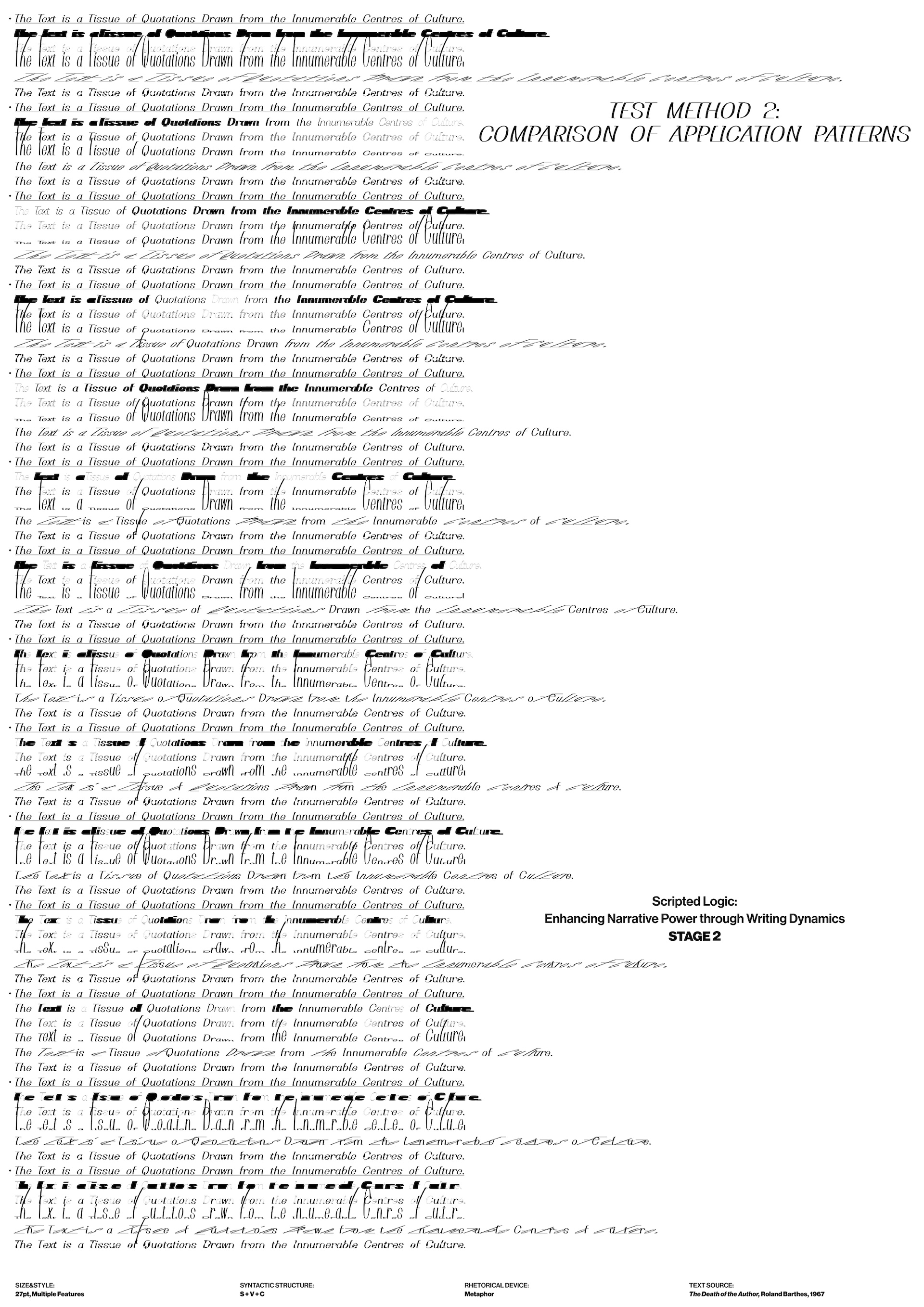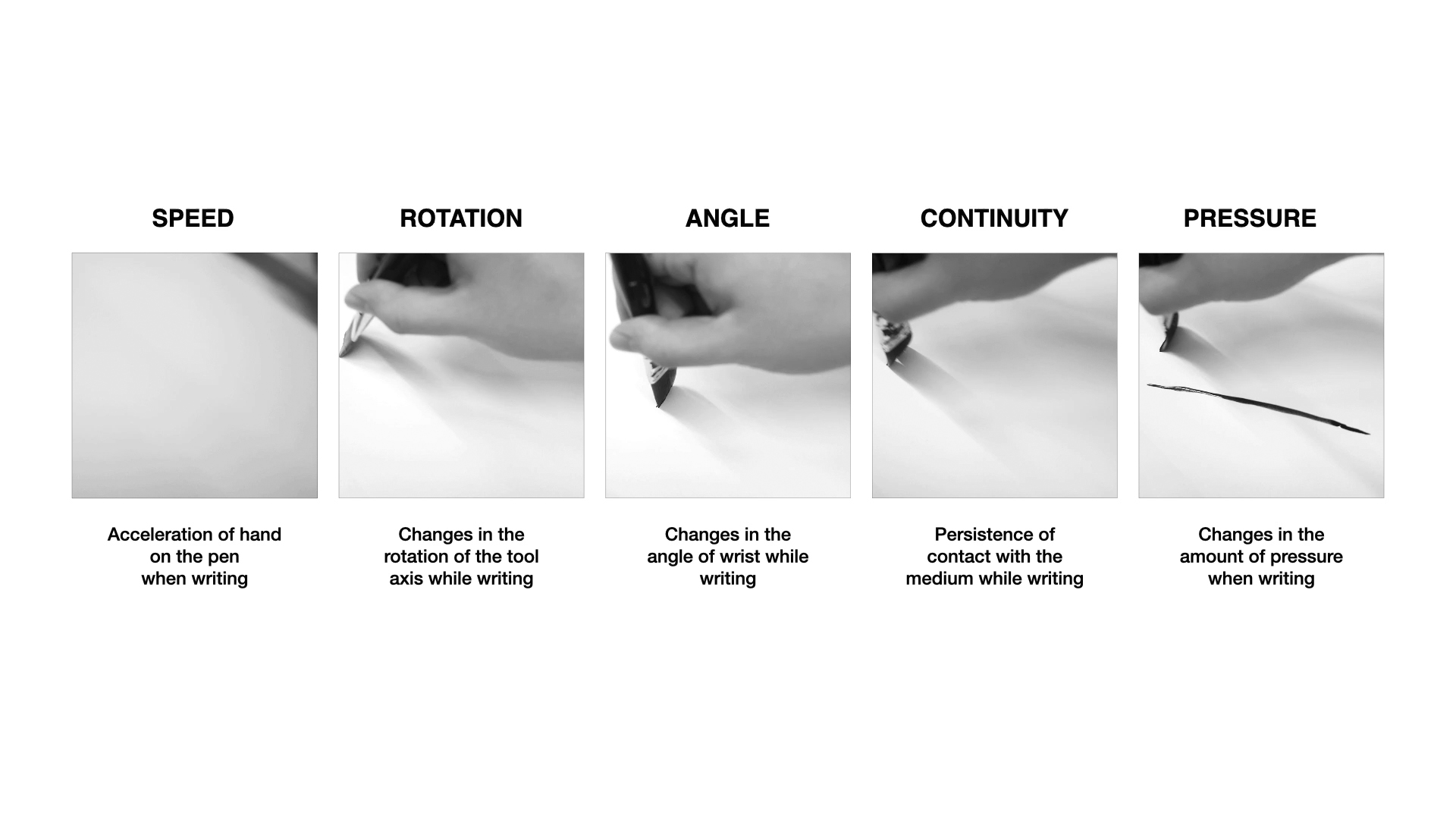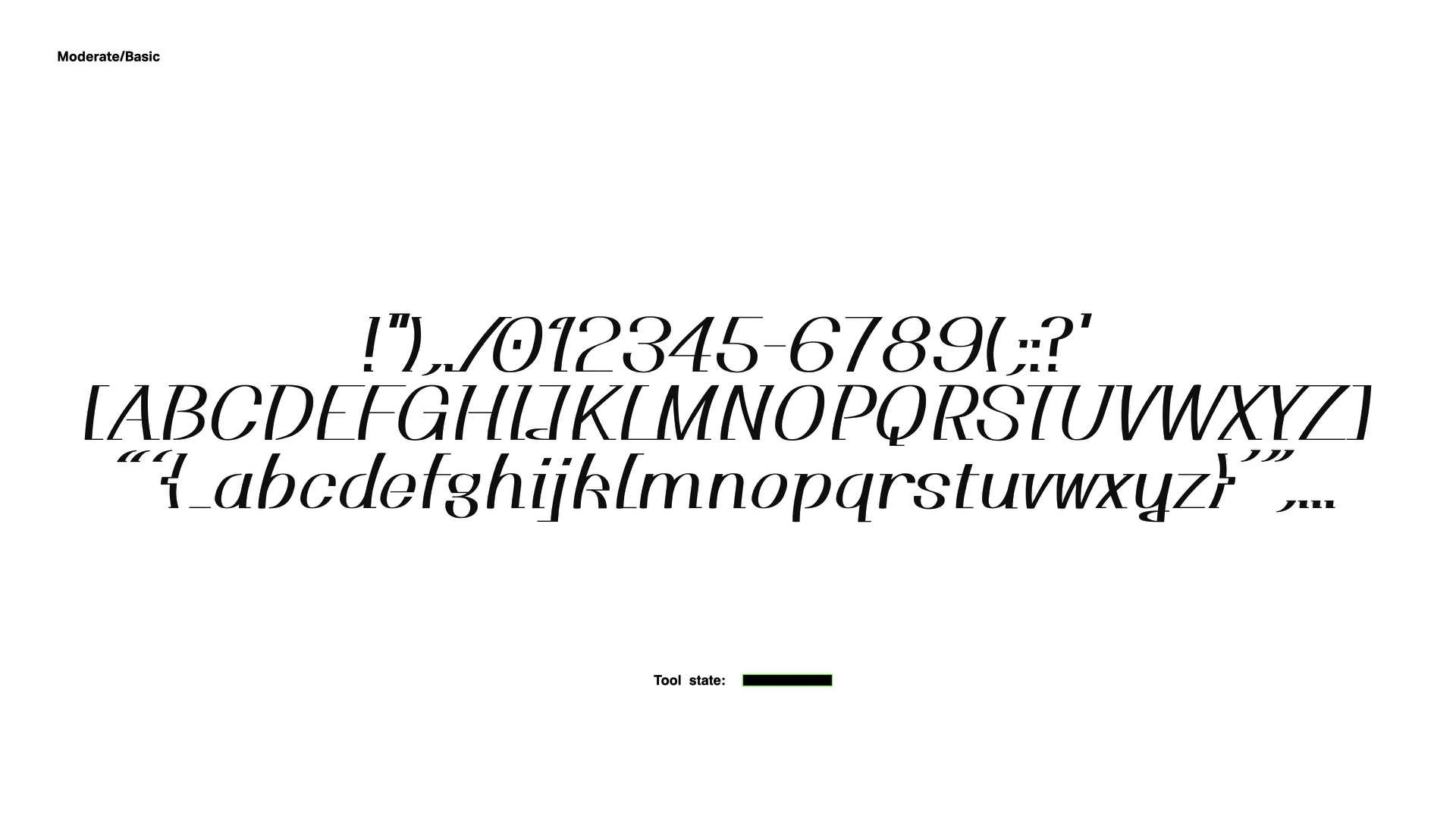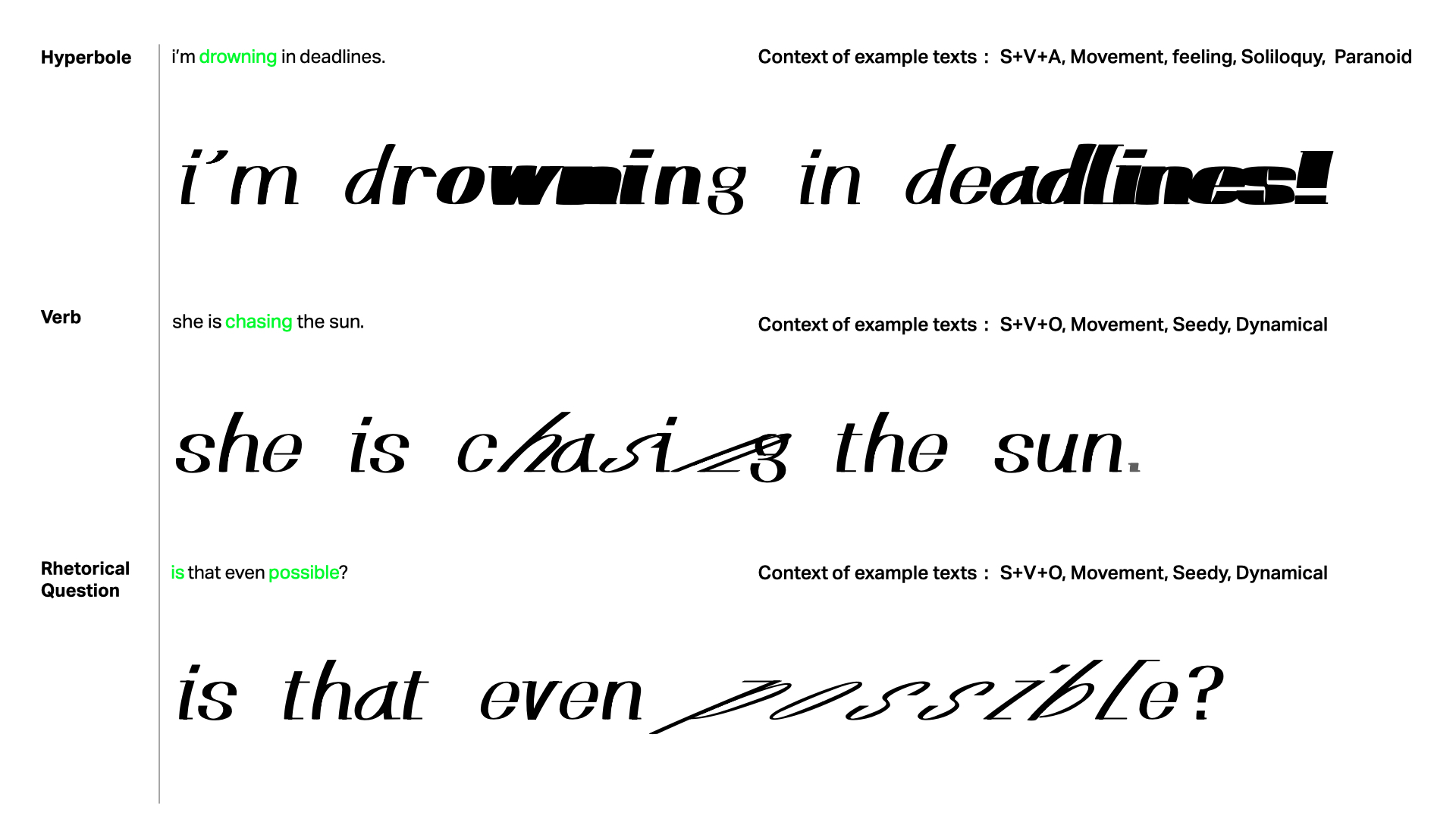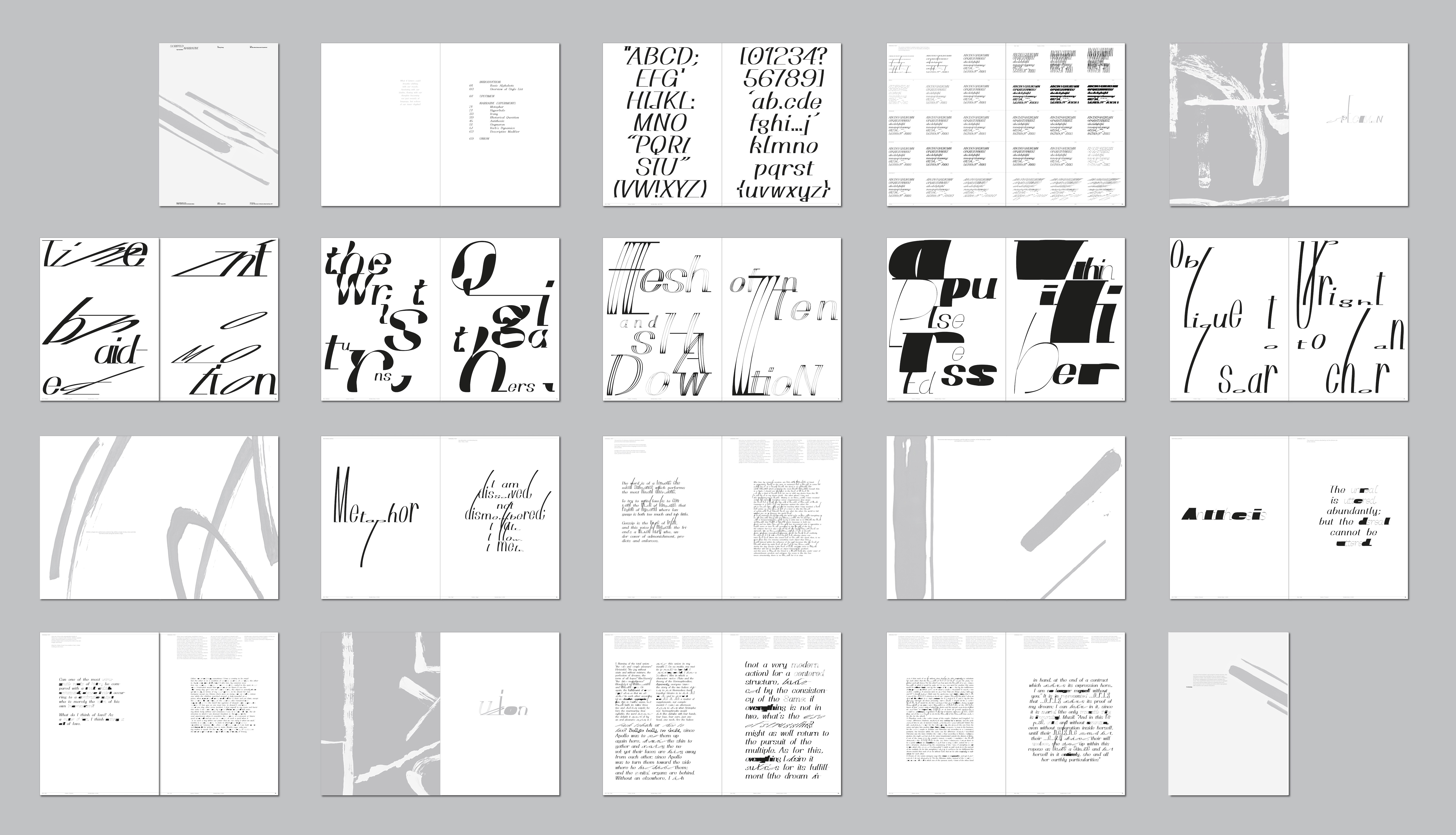A n a M a r í a P e ñ a C a r d o n a
root - A Speculative Design For Modular Growing Graphics
root - A Speculative Design For Modular Growing Graphics
A web-based system for creating modular graphics that grow over time like digital plants. Users act as visual gardeners, drawing gradients and shapes inside cells. Each composition evolves during a 21-day growth phase and is then archived as a unique seed number inside a digital garden. It uses p5.js as a backend and is deeply inspired by digital interactive/online tools such as Hydra (Olivia Jack) and P5LIVE (Ted Davis). The project explores modular design, growth-driven visuals, and generative aesthetics for interactive digital environments.
Read More...
root reimagines graphic design as a process of visual growth. This web-based system allows users to create modular graphics that evolve over time, inspired by botanical processes and digital gardening metaphors.
Each poster starts as a grid-based layout in which gradients and shapes are drawn manually. Once a composition is completed, users trigger the “Harvest” phase—a 21-day growth cycle where visuals gradually transform based on programmed growth rules, such as changing colors or the speed of animations. Everyday stages of change are archived, reinforcing the themes of temporality and decay. Each composition is identified by a unique seed number, which stores its visual identity and growth path. Built using p5.js, root draws conceptual and technical inspiration from real-time creative tools such as Hydra1 and P5LIVE2, integrating generative aesthetics and modular principles into a user-friendly, web-based interface. The system is structured around three phases: root (the drawing and design stage), Harvest (where evolution takes place), and Garden (an archive where completed works and their seed identities are stored). In short, root is just a speculative tool drifting apart from static graphic design and proposing a new perspective into what the future will be; graphics as visual organisms that can breathe, mutate, or change.
B i o g r a p h y
Ana María Peña Cardona is a multidisciplinary artist and designer from Colombia, based in Basel, Switzerland. Her work explores the connections between creative coding, graphic design, typography, modular systems, and speculative futures. At 19, she founded her design studio seres. While passionate about physical formats such as books and posters, she also works in digital environments—developing generative tools and pushing the limits of graphic design through constant experimentation. She loves music and sometimes produces songs under her own label, “88”.
root.seresworldwide.com/
www.seresworldwide.com/
www.intagram.com/seresworldwide
Read More...
root reimagines graphic design as a process of visual growth. This web-based system allows users to create modular graphics that evolve over time, inspired by botanical processes and digital gardening metaphors.
Each poster starts as a grid-based layout in which gradients and shapes are drawn manually. Once a composition is completed, users trigger the “Harvest” phase—a 21-day growth cycle where visuals gradually transform based on programmed growth rules, such as changing colors or the speed of animations. Everyday stages of change are archived, reinforcing the themes of temporality and decay. Each composition is identified by a unique seed number, which stores its visual identity and growth path. Built using p5.js, root draws conceptual and technical inspiration from real-time creative tools such as Hydra1 and P5LIVE2, integrating generative aesthetics and modular principles into a user-friendly, web-based interface. The system is structured around three phases: root (the drawing and design stage), Harvest (where evolution takes place), and Garden (an archive where completed works and their seed identities are stored). In short, root is just a speculative tool drifting apart from static graphic design and proposing a new perspective into what the future will be; graphics as visual organisms that can breathe, mutate, or change.
1 - Hydra
2 - P5LIVE
B i o g r a p h y
Ana María Peña Cardona is a multidisciplinary artist and designer from Colombia, based in Basel, Switzerland. Her work explores the connections between creative coding, graphic design, typography, modular systems, and speculative futures. At 19, she founded her design studio seres. While passionate about physical formats such as books and posters, she also works in digital environments—developing generative tools and pushing the limits of graphic design through constant experimentation. She loves music and sometimes produces songs under her own label, “88”.
root.seresworldwide.com/
www.seresworldwide.com/
www.intagram.com/seresworldwide
G i l A n d r e i F o n t i m a y o r
Quantum Computational Cartographies
Quantum Computational Cartographies
How do atoms, ions, and electrons behave? What principles of quantum physics determine their calculus?
QATA.LIVE pulls back the curtain on these questions – and more. Taking the form of a traditional photo booth, visitors are asked to enter and encounter themselves as waves or particles in multiple aesthetical states on a large screen display. In line with Schrödinger‘s Cat, only when participants exit the booth and see their printed portrait do they observe their truly final form.
Read More...
Read More...
While quantum computing promises revolutionary advances in optimization and simulation, its inner workings remain opaque to most observers. Quantum Computational Cartographies introduces a new visual language designed to reveal—at atomic and subatomic scales—the dynamic processes unfolding inside of a working quantum computer.
Situating this work in the context of the 2025 International Year of Quantum Science and Technology declaration by UNESCO1, and against rapidly scaling cloud platforms from Amazon, IBM, Google, and Microsoft, this project asks: how can quantum art-science visualizations empower the general public to understand and form a critical dialogue around quantum computing?
To answer this, I have developed a chronology of analogue and digital techniques—drawing, painting, photograms, screen printing, lithography, glass sculpture, and ceramics—paired with web archiving, creative coding and generative AI. My visual research culminates as an interactive installation called QATALIVE2. It invites viewers to experiment with quantum phenomena in a visceral way. The visuals of the installation are built using HY5LIVE3 embedded with quantum algorithms4 generated by an actual quantum computer.
By blending experiential design with scientific inquiry, this thesis demonstrates the power of symbolic visual cartographies to make the invisible mechanics of quantum hardware both comprehensible and consequential.
B i o g r a p h y
Gil Andrei Fontimayor is a quantum artist. His practice uses graphic design, science communication, and visual storytelling to channel concepts of temporal ecology, global change, quantum physics, and quantum computing. Currently, he is a research assistant within the Applied Quantum Computing team at the Hochschule für Life Sciences FHNW, Institute for Medical Engineering and Medical Informatics in Muttenz.
QATA.LIVE
mortyfangilio.com
quantum2025.org/iyq-event/qatalive
Situating this work in the context of the 2025 International Year of Quantum Science and Technology declaration by UNESCO1, and against rapidly scaling cloud platforms from Amazon, IBM, Google, and Microsoft, this project asks: how can quantum art-science visualizations empower the general public to understand and form a critical dialogue around quantum computing?
To answer this, I have developed a chronology of analogue and digital techniques—drawing, painting, photograms, screen printing, lithography, glass sculpture, and ceramics—paired with web archiving, creative coding and generative AI. My visual research culminates as an interactive installation called QATALIVE2. It invites viewers to experiment with quantum phenomena in a visceral way. The visuals of the installation are built using HY5LIVE3 embedded with quantum algorithms4 generated by an actual quantum computer.
By blending experiential design with scientific inquiry, this thesis demonstrates the power of symbolic visual cartographies to make the invisible mechanics of quantum hardware both comprehensible and consequential.
1 – The United Nations Educational, Scientific and Cultural Organization; unesco.org/en/years/quantum-science-technology
2 – Pronounced “cat alive”; Please visit QATA.LIVE for process documentation and more.
3 - p5.js and Olivia Jack’s hydra-synth merged in a live-coding environment, courtesy of Ted Davis; hy5live.teddavis.org
4 - Such as Quantum Blur, implemented and run on real quantum hardware to blur images (Dr. James Wootton, Moth Quantum, UK/CH and Marcel Pfaffhauser, IBM Research–Zurich)
B i o g r a p h y
Gil Andrei Fontimayor is a quantum artist. His practice uses graphic design, science communication, and visual storytelling to channel concepts of temporal ecology, global change, quantum physics, and quantum computing. Currently, he is a research assistant within the Applied Quantum Computing team at the Hochschule für Life Sciences FHNW, Institute for Medical Engineering and Medical Informatics in Muttenz.
QATA.LIVE
mortyfangilio.com
quantum2025.org/iyq-event/qatalive
G r a c e H a n n a h P a r k
Post-Poster
a Graphic Medium Rewired by Interaction
Post-Poster
a Graphic Medium Rewired by Interaction
This thesis reconceives the poster as a graphic system that moves beyond one-directional messaging. By integrating sensors, code, and real-time data, it explores how posters can become responsive to both human presence and environmental conditions – adapting their visual language, graphic output, and behaviour in relation to surrounding situations. Rather than a finished object, the poster becomes an open, evolving system shaped by interaction and context.
Read More...
Read More...
This research repositions the urban poster as a responsive interface, challenging its historical role as an one-directional visual artifact in public space. Traditionally a vehicle for political, commercial, or cultural messages delivered to passive audiences, the poster has become increasingly inadequate in environments shaped by sensors, screens, and data flows.
Drawing on media ecology (Fuller, 2005; Mattern, 2017), second-order cybernetics (von Foerster, 2003), and the aesthetics of interaction (Kwastek, 2013), this thesis explores how posters can evolve into adaptive media systems that respond to human presence and environmental dynamics. Using a research-through-practice approach, it involves prototyping interactive posters with tools such as p5.js, PoseNet, and environmental sensors1, and testing them in urban contexts.
The inquiry began with the author’s design for Haus der Elektronischen Künste (HEK)‘s 2025 Regionale poster. Coming from a city with few printed posters, seeing the work fade in sunlight, soak in rain, and engage passersby raised urgent questions – especially as digital screens increasingly replace physical posters. Something essential felt missing in looping visuals.
This led to a series of experiments, including a co-operation with Director Benny Truong and Treibstoff Theatertage Basel. A prototype for Model Minority(2025, Theater play) was installed on streets across Basel and at ROXY Theater, enabling live observations of interaction with bodies, gestures, proximity, and ambient shifts.
Although rooted in graphic design, this study operates at the intersection of interaction design and media art – fields that have embraced interactivity without engaging poster history. Ultimately, it reframes the poster as a living system – a listening, adapting interface that redefines urban experience and contributes to post-digital design and civic media discourse.
While sensors have been used in commercial ads, this research focuses on the graphic and visual translation of interaction – exploring how sensing technologies can expand the aesthetic, communicative, and temporal capacities of a poster in public space.
B i o g r a p h y
Grace Hannah Park navigates the spaces between type, motion, print, and code to question how medium shapes message. Her work often begins with noticing how a moving image can breathe new life into a static poster, or how certain ideas only make sense once printed, folded, or bound. Lately, she has been drawn to the tactile intelligence of street posters – their materiality, their presence – and how these qualities might be translated into digital formats. With a practice grounded in both formal design and experimental tools, she treats graphic design as a responsive system rather than a fixed outcome.
g-h-p.com
Drawing on media ecology (Fuller, 2005; Mattern, 2017), second-order cybernetics (von Foerster, 2003), and the aesthetics of interaction (Kwastek, 2013), this thesis explores how posters can evolve into adaptive media systems that respond to human presence and environmental dynamics. Using a research-through-practice approach, it involves prototyping interactive posters with tools such as p5.js, PoseNet, and environmental sensors1, and testing them in urban contexts.
The inquiry began with the author’s design for Haus der Elektronischen Künste (HEK)‘s 2025 Regionale poster. Coming from a city with few printed posters, seeing the work fade in sunlight, soak in rain, and engage passersby raised urgent questions – especially as digital screens increasingly replace physical posters. Something essential felt missing in looping visuals.
This led to a series of experiments, including a co-operation with Director Benny Truong and Treibstoff Theatertage Basel. A prototype for Model Minority(2025, Theater play) was installed on streets across Basel and at ROXY Theater, enabling live observations of interaction with bodies, gestures, proximity, and ambient shifts.
Although rooted in graphic design, this study operates at the intersection of interaction design and media art – fields that have embraced interactivity without engaging poster history. Ultimately, it reframes the poster as a living system – a listening, adapting interface that redefines urban experience and contributes to post-digital design and civic media discourse.
While sensors have been used in commercial ads, this research focuses on the graphic and visual translation of interaction – exploring how sensing technologies can expand the aesthetic, communicative, and temporal capacities of a poster in public space.
1 - 0pen-sense.xyz
2 - Thesis Website
B i o g r a p h y
Grace Hannah Park navigates the spaces between type, motion, print, and code to question how medium shapes message. Her work often begins with noticing how a moving image can breathe new life into a static poster, or how certain ideas only make sense once printed, folded, or bound. Lately, she has been drawn to the tactile intelligence of street posters – their materiality, their presence – and how these qualities might be translated into digital formats. With a practice grounded in both formal design and experimental tools, she treats graphic design as a responsive system rather than a fixed outcome.
g-h-p.com
K s e n i a S n e g i r e v a
Trust by Design: UX/UI as a Mediator in Healthcare
Trust by Design: UX/UI as a Mediator in Healthcare
Trust is fundamental to how people engage with digital systems. Whether interacting with medical records, AI-generated insights, or other tools, unclear design often leads to confusion and skepticism. This thesis explores how visual and interaction design shape trust through clarity, usability, and transparency. Based on research, a practical framework was developed and then applied in a healthcare app redesign with Universitätsspital Basel to create more transparent, reliable, and humane tools.
Read More...
Read More...
I grew up with doctors in my family. From an early age, I saw how much energy and attention their work demanded, and how communication with patients often suffered under the pressure of time and complex systems. Instead of helping, many digital tools introduced in hospitals became just another burden — something people didn’t understand, didn’t want to use, or didn’t see the value of.
This made me wonder: why would someone actually trust a system and choose to use it? That question shifted my focus from mere functionality to how design makes people feel. More specifically, I began exploring the role of UX/UI in building trust within digital healthcare environments.
The opportunity to put these reflections into practice came through a collaboration with Universitätsspital Basel. The hospital is undergoing a digital transformation, and PROMs (Patient-Reported Outcome Measures) became the starting point for testing my approach. I worked on redesigning the PROMs app — facing real-world constraints like medical regulations and institutional branding. Along the way, I tested prototypes with patients and learned how nuanced trust can be — shaped by small, thoughtful design decisions.
In parallel, I developed alternative design concepts free from these limitations to explore what might be possible in a less restricted environment. One of the core challenges was creating an interface that could work for everyone: patients of all ages, clinicians, and administrative staff across departments. The system had to look and feel human and alive, yet remain structured and reliable enough to serve diverse audiences.
Ultimately, this project is an inquiry into whether trust is truly abstract — or whether it can be consciously designed. In healthcare, designing for trust means designing for care, for communication, and for dignity.
B i o g r a p h y
Ksenia Snegireva is a UX/UI designer, co-founder of Y-Tech, a design & development studio, and a goal-driven person with a strong need for meaning and purpose — especially in design. Originally from Russia with a Master’s in Economics & Management, she worked as a project manager in IT when she became interested in interfaces and taught herself UX/UI. She blends business thinking with human-centered design, aiming to solve real human challenges through ethical and thoughtful solutions.
kseniasnegireva.com
This made me wonder: why would someone actually trust a system and choose to use it? That question shifted my focus from mere functionality to how design makes people feel. More specifically, I began exploring the role of UX/UI in building trust within digital healthcare environments.
The opportunity to put these reflections into practice came through a collaboration with Universitätsspital Basel. The hospital is undergoing a digital transformation, and PROMs (Patient-Reported Outcome Measures) became the starting point for testing my approach. I worked on redesigning the PROMs app — facing real-world constraints like medical regulations and institutional branding. Along the way, I tested prototypes with patients and learned how nuanced trust can be — shaped by small, thoughtful design decisions.
In parallel, I developed alternative design concepts free from these limitations to explore what might be possible in a less restricted environment. One of the core challenges was creating an interface that could work for everyone: patients of all ages, clinicians, and administrative staff across departments. The system had to look and feel human and alive, yet remain structured and reliable enough to serve diverse audiences.
Ultimately, this project is an inquiry into whether trust is truly abstract — or whether it can be consciously designed. In healthcare, designing for trust means designing for care, for communication, and for dignity.
B i o g r a p h y
Ksenia Snegireva is a UX/UI designer, co-founder of Y-Tech, a design & development studio, and a goal-driven person with a strong need for meaning and purpose — especially in design. Originally from Russia with a Master’s in Economics & Management, she worked as a project manager in IT when she became interested in interfaces and taught herself UX/UI. She blends business thinking with human-centered design, aiming to solve real human challenges through ethical and thoughtful solutions.
kseniasnegireva.com
Z u h e n g Z h a n g
Scripted Logic: Enhancing Narrative Power through Writing Dynamics
Scripted Logic: Enhancing Narrative Power through Writing Dynamics
This project explores how script writing dynamics – angle, continuity, pressure, rotation, speed – can convey narrative beyond language. Inspired by Chinese calligraphy and works of asemic writing pioneers, it repositions non-semantic mark-making within a 2025s design paradigm. Grounded in semiotics, graphonomics, and semantics, it frames script as a visual syntax. It creates variable fonts and interaction-transform writing into an expressive, adaptive storytelling tool.
Read More...
Read More...
Historically, the development of writing systems and movements has influenced the production of symbolic narratives and can serve as a robust testing ground to understand the impact of visual script dynamics on storytelling. In traditional Chinese calligraphy practice, dynamics including the angle, continuity, pressure, rotation, and speed of a stroke contain an unexplored dimension of encoded meaning that extends beyond the semantics; turning scripts into carriers of narrative. This potential is expanded by today’s media: by variable fonts that allow me to modulate typographic forms on the fly, and by the real-time layout of electronic media that permits fluid responsive storytelling, tracking, and encouraging reader interaction. I consider these as devices to bridge tradition and innovation, addressing a need to reconsider how symbols narrate.
I started this research by experimenting with asemic writing:removing semantic limitations, driving strokes direct from the brush, using no gestural or scripted derivatives. I use angle to imply emotional direction, continuity to direct the flow of a story, pressure to underline moments and speed for intensification and pace… As I work with these experiments, I create visualizations in which every tweak is a narrative beat, play-tested across digital platforms that can flex and adapt in real time. I believe that this does not only redefine our traditional understanding of calligraphy with the immediacy of modern technology but also acts as impetus for advances in creativity.
It is through three closely linked modes of activities – conceptual sketching, the dynamic experimentation of scripts, and narrative visualization – each of which is symbolically expanding as though developing its own life, that The Practice develops. Thus, the visualization tests turn into poetic realizations of scripted logic, combining spatial structures and temporal patterns in order to metaphorically visualize its content. Subtle variants in the dynamics between static design and dynamic perception, these experiments provide a visualized melody to the logic of script where every stroke stands as a metaphor for both story and style within the world of “narrative form”.
B i o g r a p h y
Zuheng Zhang is a graphic designer specializing in brand identity and typography. His work covers cultural, editorial, and digital design for creative agencies in China and has been recognized by several international competitions. He explores the intersection of form, language, and visual systems within multilingual contexts. He is passionate about re-articulating cultural content from traditional contexts through contemporary visual language and forms, reflecting on their relevance today.
I started this research by experimenting with asemic writing:removing semantic limitations, driving strokes direct from the brush, using no gestural or scripted derivatives. I use angle to imply emotional direction, continuity to direct the flow of a story, pressure to underline moments and speed for intensification and pace… As I work with these experiments, I create visualizations in which every tweak is a narrative beat, play-tested across digital platforms that can flex and adapt in real time. I believe that this does not only redefine our traditional understanding of calligraphy with the immediacy of modern technology but also acts as impetus for advances in creativity.
It is through three closely linked modes of activities – conceptual sketching, the dynamic experimentation of scripts, and narrative visualization – each of which is symbolically expanding as though developing its own life, that The Practice develops. Thus, the visualization tests turn into poetic realizations of scripted logic, combining spatial structures and temporal patterns in order to metaphorically visualize its content. Subtle variants in the dynamics between static design and dynamic perception, these experiments provide a visualized melody to the logic of script where every stroke stands as a metaphor for both story and style within the world of “narrative form”.
B i o g r a p h y
Zuheng Zhang is a graphic designer specializing in brand identity and typography. His work covers cultural, editorial, and digital design for creative agencies in China and has been recognized by several international competitions. He explores the intersection of form, language, and visual systems within multilingual contexts. He is passionate about re-articulating cultural content from traditional contexts through contemporary visual language and forms, reflecting on their relevance today.
About the Institute for Digital Communication Environments (IDCE)
The job market of visual communication has changed a lot over the last few decades. An increasing number of our alumni and alumnae are now working as UX/UI designers, earning a living from content creation for social media, specializing in the visualization of large amounts of data, and work in various roles at media agencies or successfully promote their own studio via digital-communication channels. The digitalization that has been taking place in the field of visual communication since the mid 1980s is far from complete though, even considering the latest developments in generative AI platforms.
The digitization of production tools for analogue communication already triggered an initial wave of democratization in communication media. The commercial availability of authoring programmes in the late 1980s enabled designers to independently develop digital tools for the first time. The commercialization of the World Wide Web shortly afterwards further expanded access to communication channels. Technologies such as augmented and virtual reality have further expanded the spectrum of visual media. Lastly, AI platforms for automated image generation now represent the latest step which, once again, significantly simplifies access to the production of visual messages.
Each of these technological developments once again raised the question of the professional competence that distinguishes our graduates though: what kind of social contribution do visual communicators have to make nowadays – and how can education impart a contemporary, professional profile of their competences?
The following areas can be outlined:
Given the increasing speed of technological developments, it is futile to try and integrate all current innovations in their entirety into a curriculum. Instead, students should be taught to independently deal with technological aspects that are not yet foreseeable at the time of their studies. On the other hand, technological innovations offer the opportunity to divert them from their intended purpose and, thus, also to take a critical look at them. The protected environment of universities is particularly well suited for this, as experimental approaches or technical agility play a decisive role in both educational programmes and research projects. This brings us to a second professional skill that can be summarized under the term of creativity. This refers not only to the surprising use of new technologies, but to communication in general. If you succeed in conveying a new perspective on a topic by interpreting the world we live in – which includes technology – you will be sure to grab people's attention. The ability to develop truly communicative messages that have a surprising effect is a key professional skill of our graduates. This can be called design competence (or aesthetic competence). It remains to be seen whether and to what extent AI will be able to challenge this competence. Plus, analytical skills can be identified as the counterpart to design competence, and is just as crucial. In order to develop ethically acceptable, socially relevant, and sustainable communication measures, designs, texts, or programmes have to be analyzed as to their impact before they are published. This ability can be described as analytical skills. All three broadly outlined areas of competence – (1) technological agility, (2) design competence, and (3) analytical skills – will have to be further differentiated when developing a curriculum.
Technological agility requires an understanding of the fundamental principles of digitality, interaction, and time-based media. Design competence is based on creative experience, visual sensitivity, and the ability to deal with ambiguities in open-ended processes. Analytical skills, in turn, are closely linked to a broad general education – including media, image and design history as well as aspects of anthropology, psychology, philosophy, business administration, and linguistic expressiveness or eloquence.
Three years have already gone by since we drew conclusions from our observations of the ongoing changes in the practice of visual communication. The renaming of the Institute (IDCE), the revision of the curricula and the strengthening of the teaching staff with lecturers focusing on digital communication have been implemented step by step and are having an impact on the scope of our thesis projects. The design of the thesis catalogue as an e-publication also shows the reorientation of the Institute. It is an expression of the continuous process of analyzing the actual practice of communication – a process in which education not only aims to react to digital innovations, but also has to critically reflect on them and thus have influence on them.
The job market of visual communication has changed a lot over the last few decades. An increasing number of our alumni and alumnae are now working as UX/UI designers, earning a living from content creation for social media, specializing in the visualization of large amounts of data, and work in various roles at media agencies or successfully promote their own studio via digital-communication channels. The digitalization that has been taking place in the field of visual communication since the mid 1980s is far from complete though, even considering the latest developments in generative AI platforms.
The digitization of production tools for analogue communication already triggered an initial wave of democratization in communication media. The commercial availability of authoring programmes in the late 1980s enabled designers to independently develop digital tools for the first time. The commercialization of the World Wide Web shortly afterwards further expanded access to communication channels. Technologies such as augmented and virtual reality have further expanded the spectrum of visual media. Lastly, AI platforms for automated image generation now represent the latest step which, once again, significantly simplifies access to the production of visual messages.
Each of these technological developments once again raised the question of the professional competence that distinguishes our graduates though: what kind of social contribution do visual communicators have to make nowadays – and how can education impart a contemporary, professional profile of their competences?
The following areas can be outlined:
Given the increasing speed of technological developments, it is futile to try and integrate all current innovations in their entirety into a curriculum. Instead, students should be taught to independently deal with technological aspects that are not yet foreseeable at the time of their studies. On the other hand, technological innovations offer the opportunity to divert them from their intended purpose and, thus, also to take a critical look at them. The protected environment of universities is particularly well suited for this, as experimental approaches or technical agility play a decisive role in both educational programmes and research projects. This brings us to a second professional skill that can be summarized under the term of creativity. This refers not only to the surprising use of new technologies, but to communication in general. If you succeed in conveying a new perspective on a topic by interpreting the world we live in – which includes technology – you will be sure to grab people's attention. The ability to develop truly communicative messages that have a surprising effect is a key professional skill of our graduates. This can be called design competence (or aesthetic competence). It remains to be seen whether and to what extent AI will be able to challenge this competence. Plus, analytical skills can be identified as the counterpart to design competence, and is just as crucial. In order to develop ethically acceptable, socially relevant, and sustainable communication measures, designs, texts, or programmes have to be analyzed as to their impact before they are published. This ability can be described as analytical skills. All three broadly outlined areas of competence – (1) technological agility, (2) design competence, and (3) analytical skills – will have to be further differentiated when developing a curriculum.
Technological agility requires an understanding of the fundamental principles of digitality, interaction, and time-based media. Design competence is based on creative experience, visual sensitivity, and the ability to deal with ambiguities in open-ended processes. Analytical skills, in turn, are closely linked to a broad general education – including media, image and design history as well as aspects of anthropology, psychology, philosophy, business administration, and linguistic expressiveness or eloquence.
Three years have already gone by since we drew conclusions from our observations of the ongoing changes in the practice of visual communication. The renaming of the Institute (IDCE), the revision of the curricula and the strengthening of the teaching staff with lecturers focusing on digital communication have been implemented step by step and are having an impact on the scope of our thesis projects. The design of the thesis catalogue as an e-publication also shows the reorientation of the Institute. It is an expression of the continuous process of analyzing the actual practice of communication – a process in which education not only aims to react to digital innovations, but also has to critically reflect on them and thus have influence on them.

